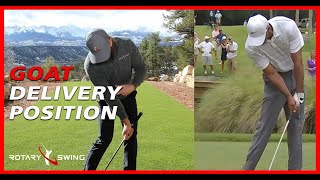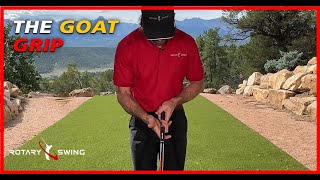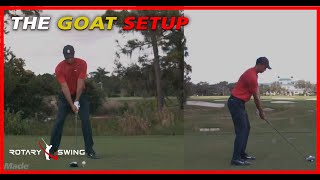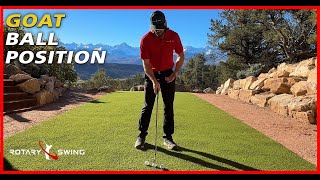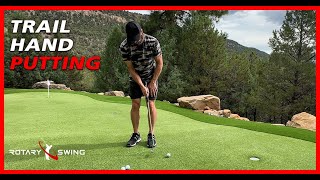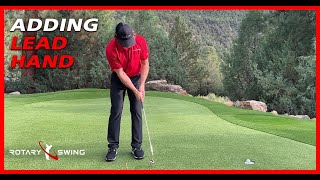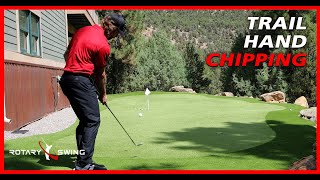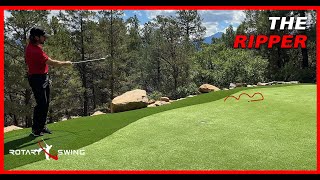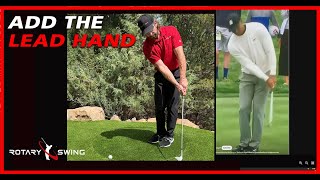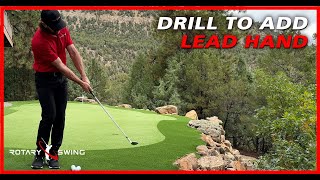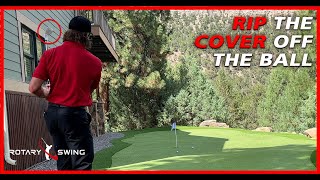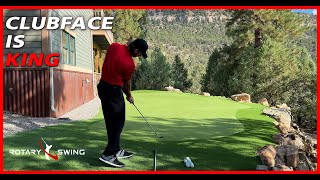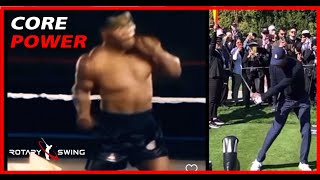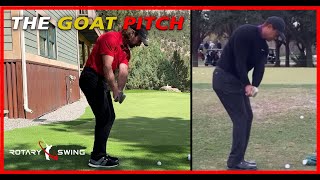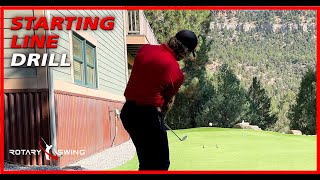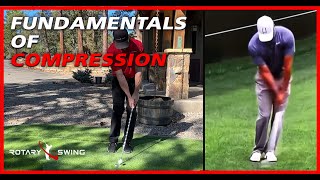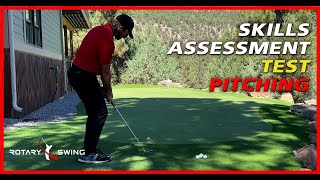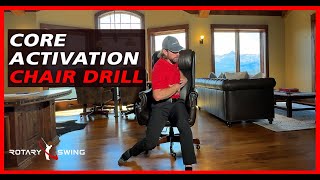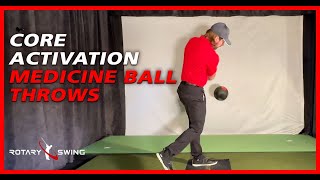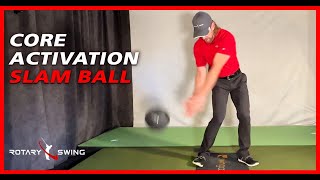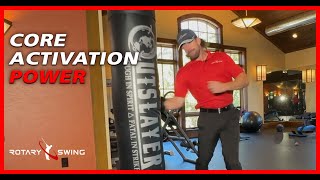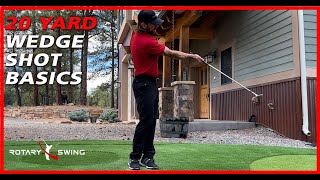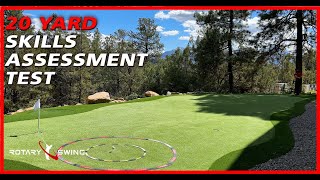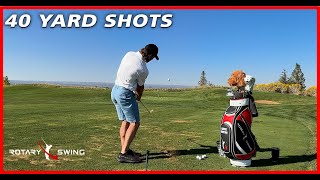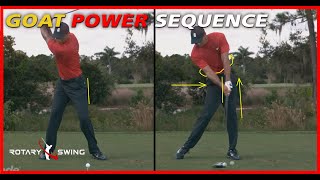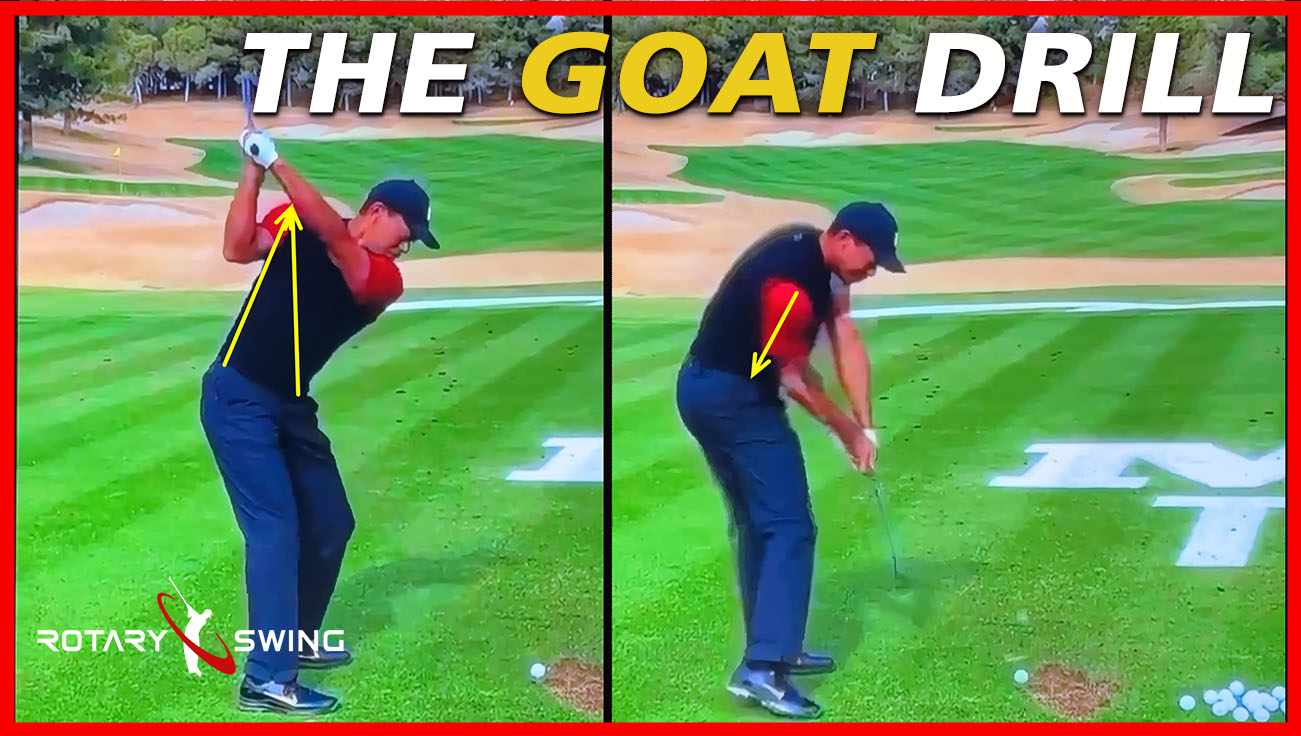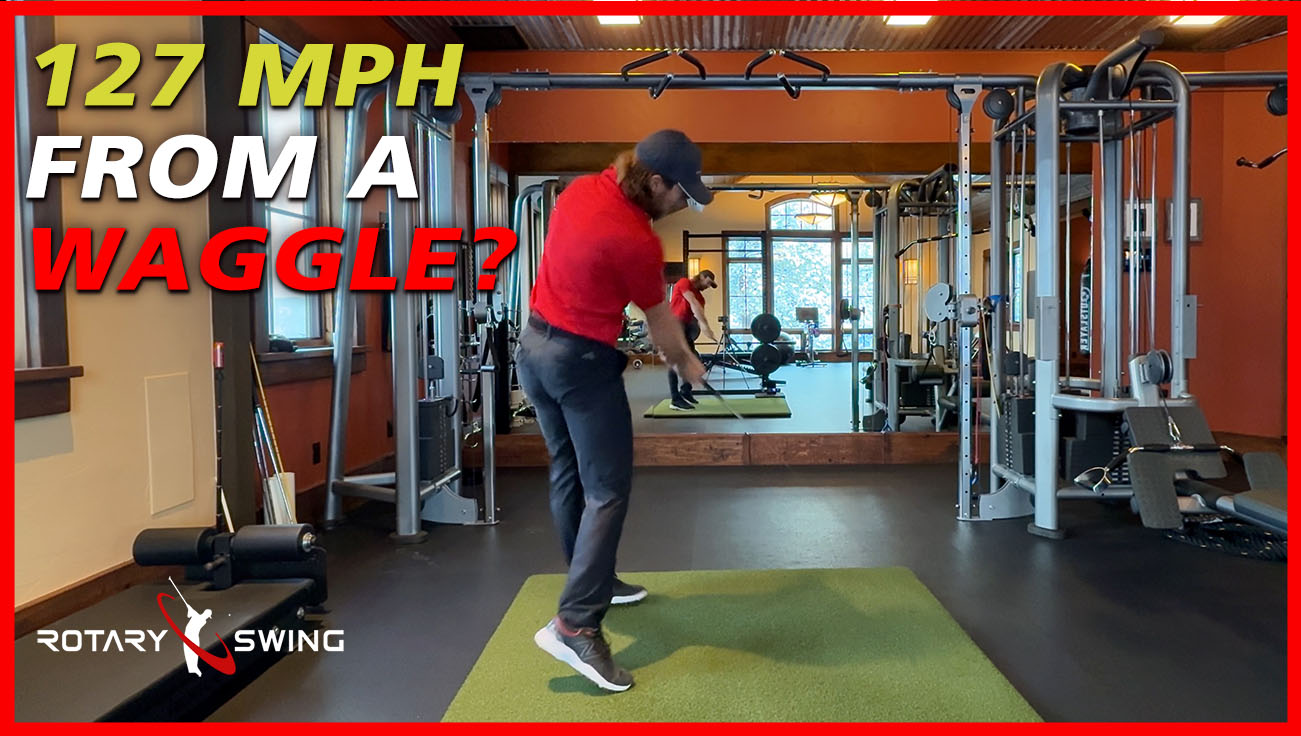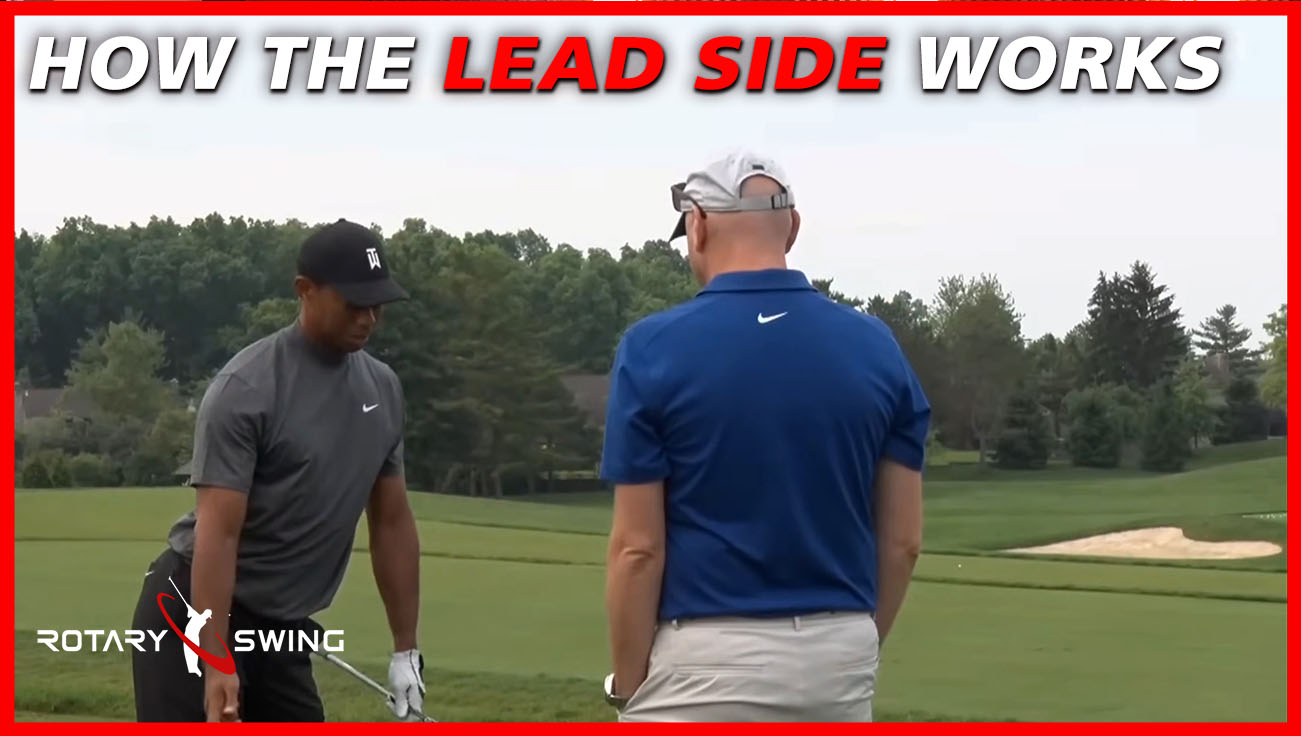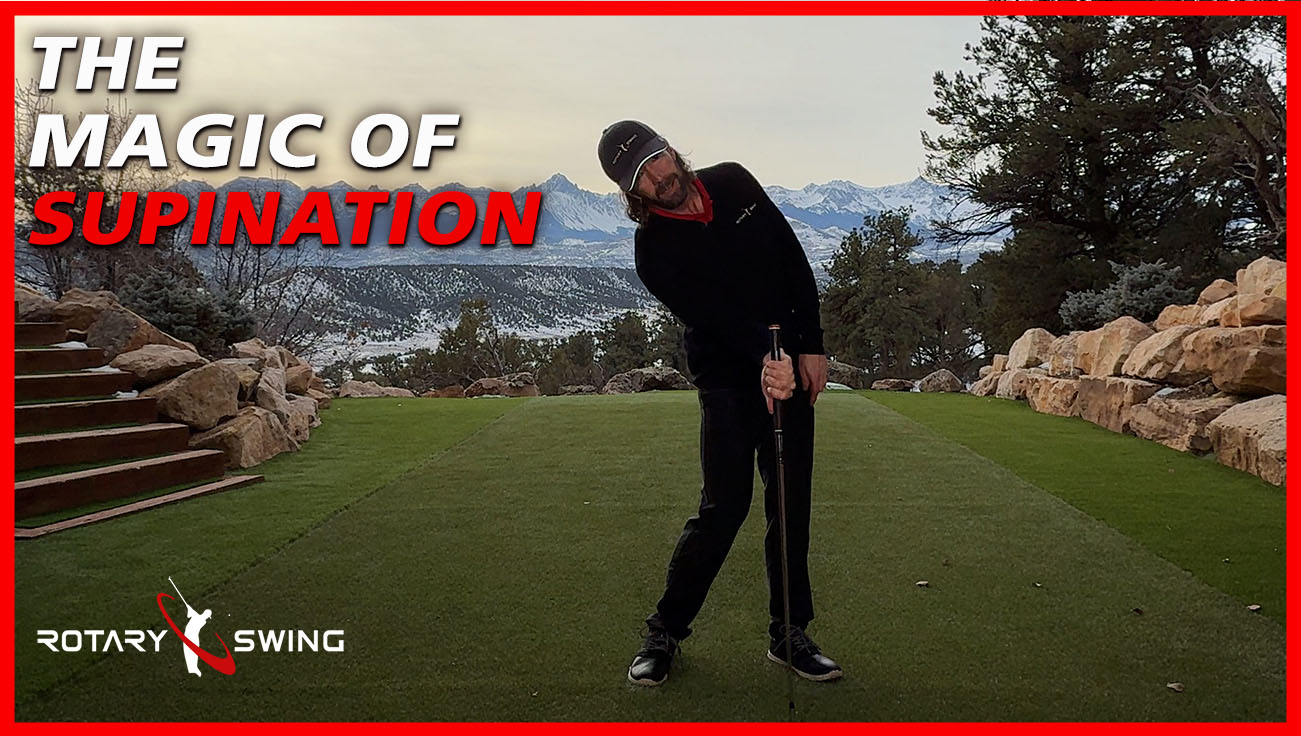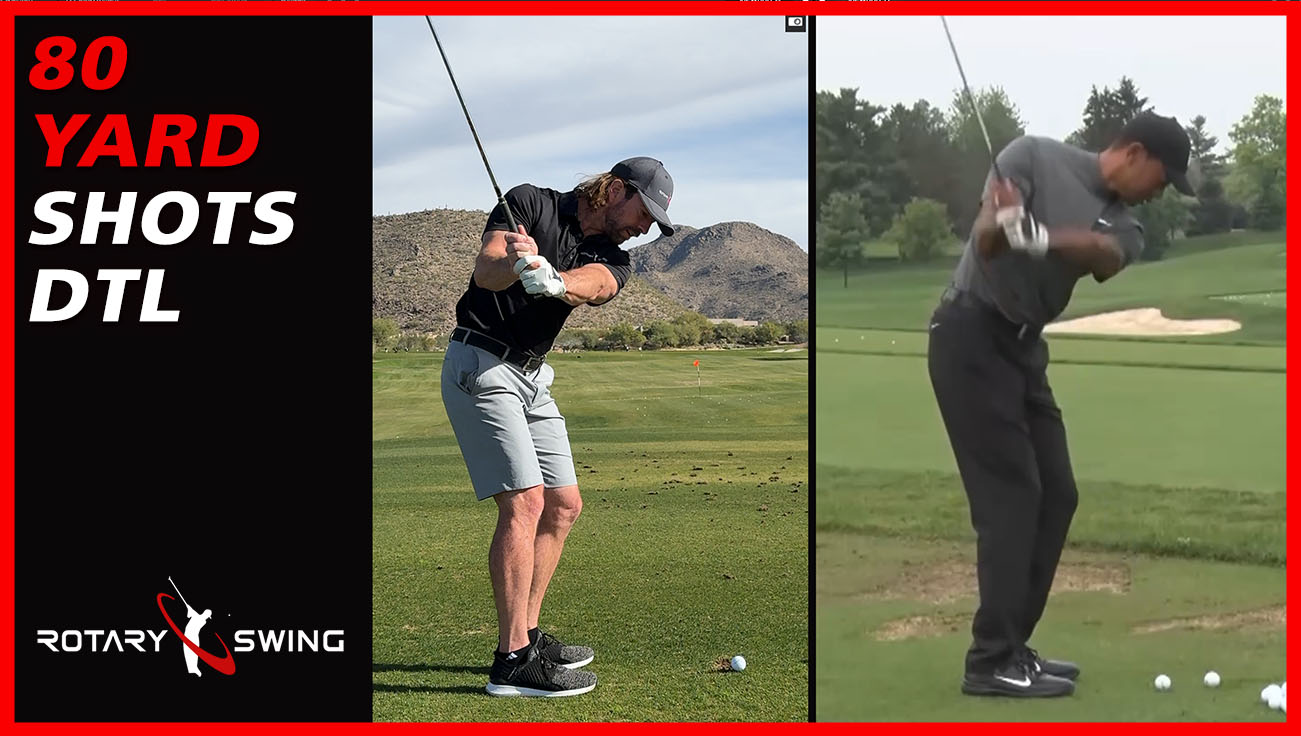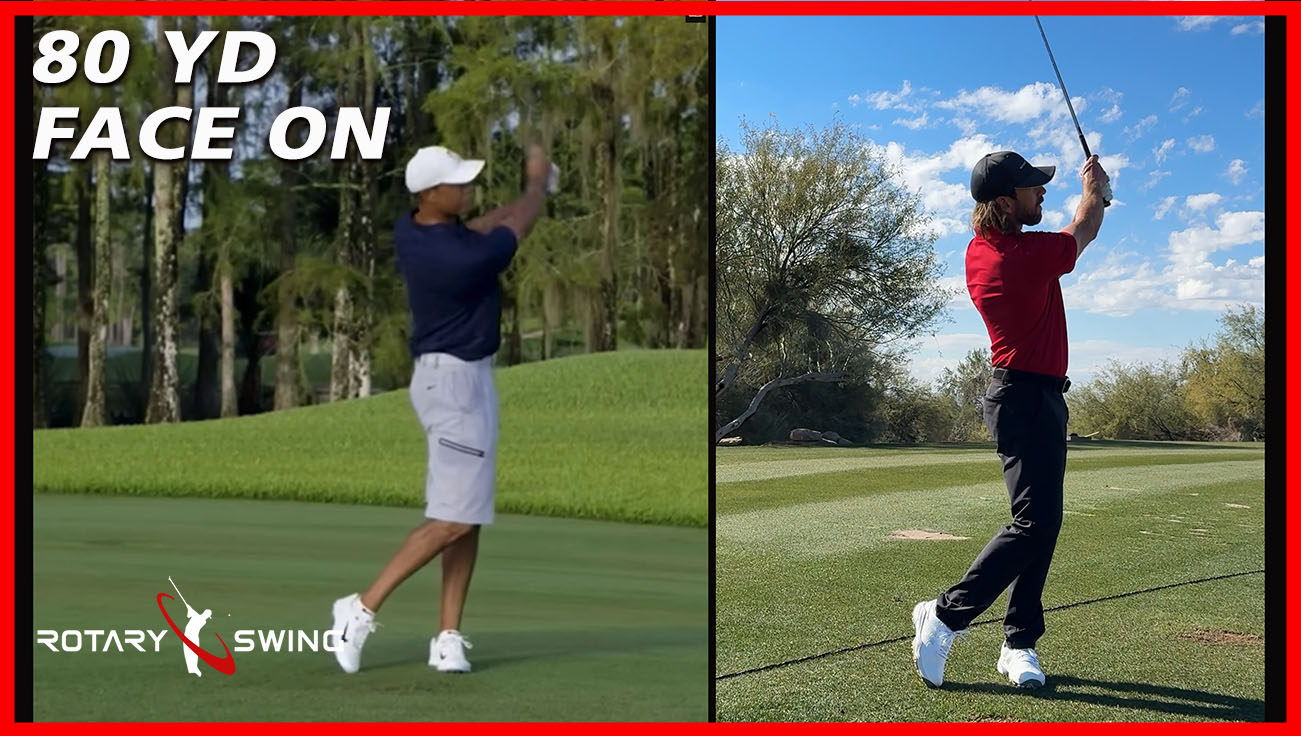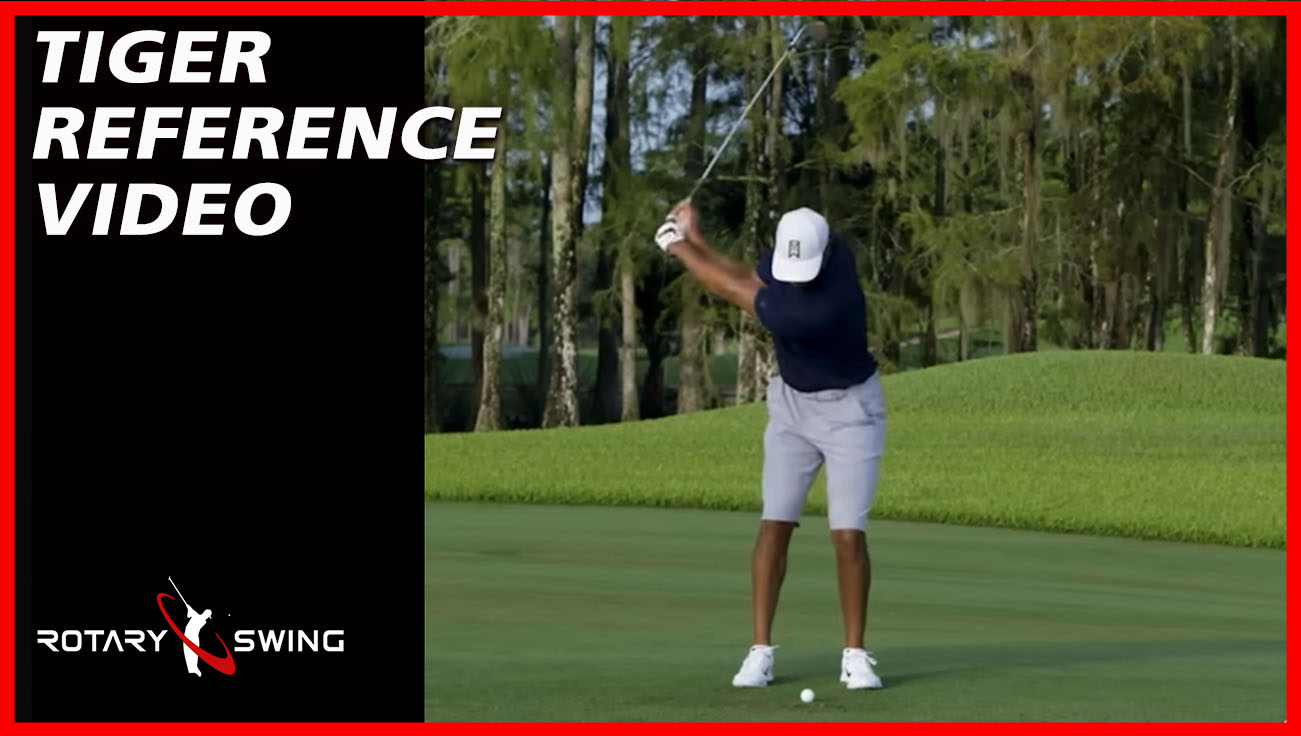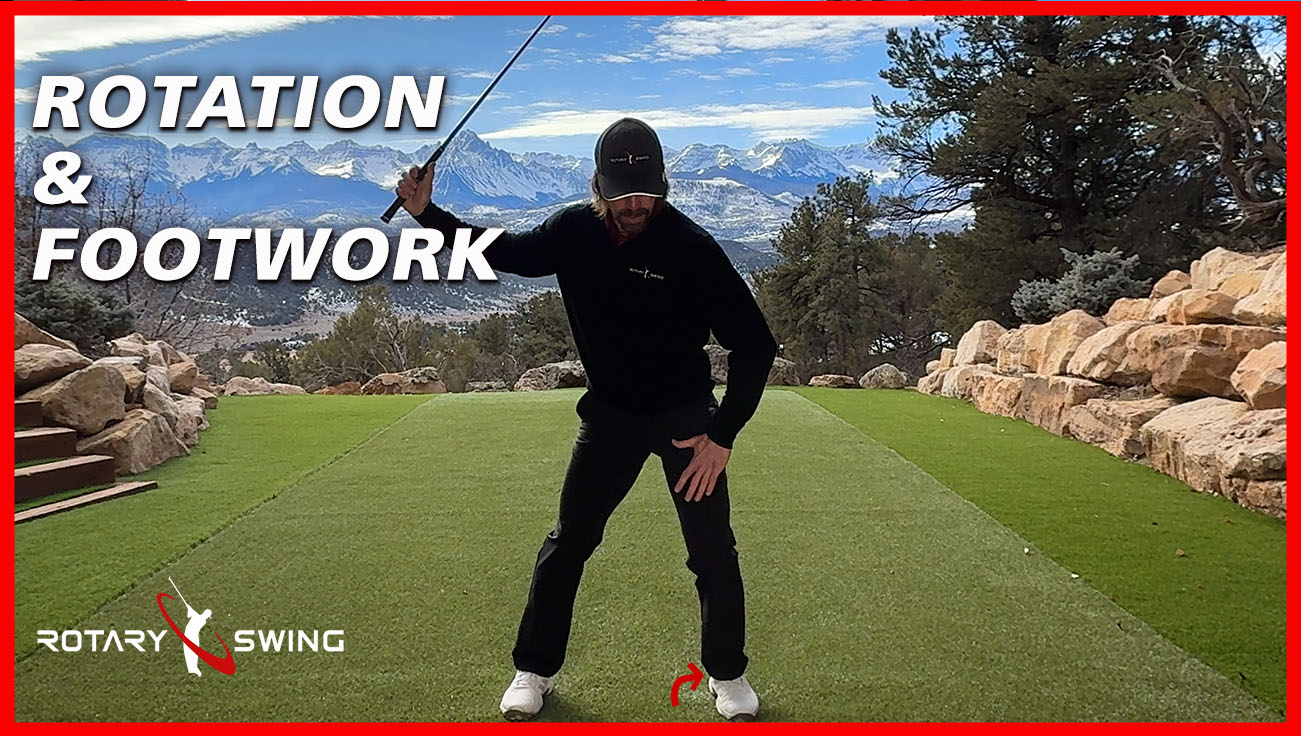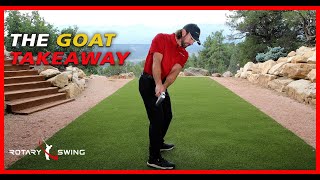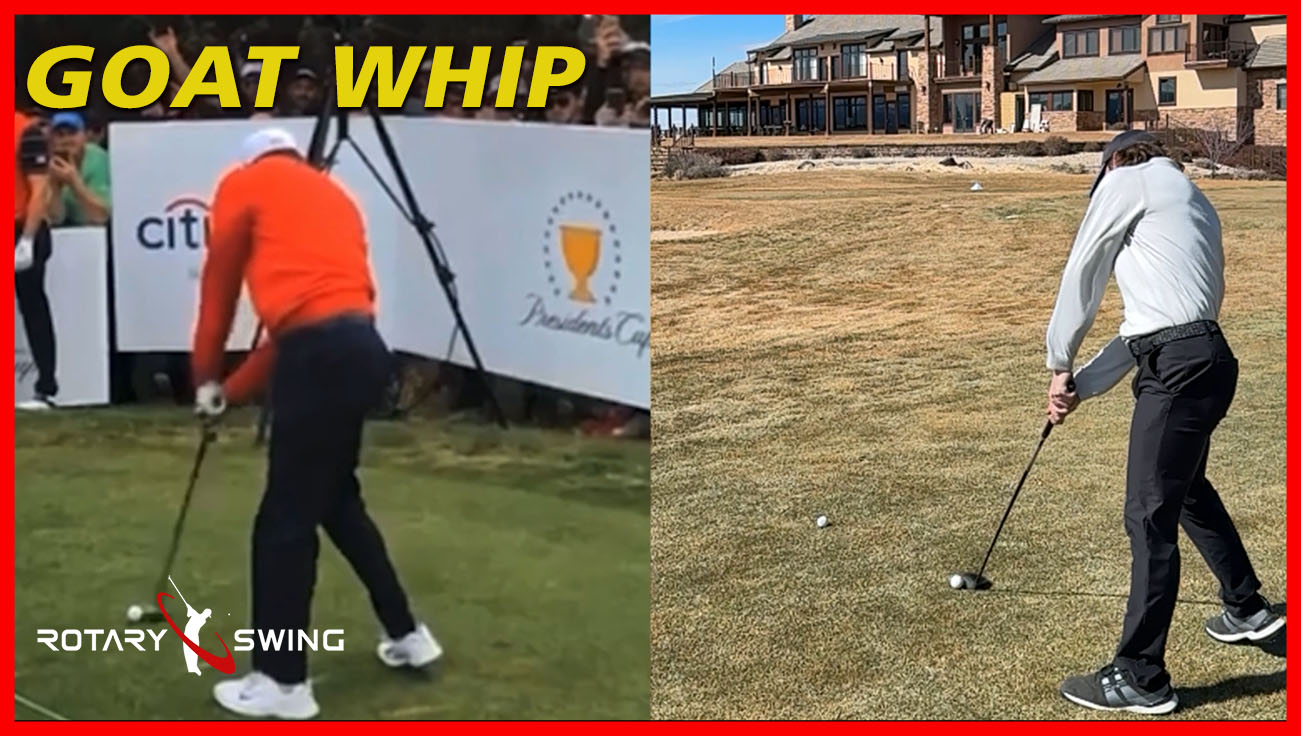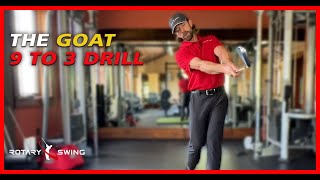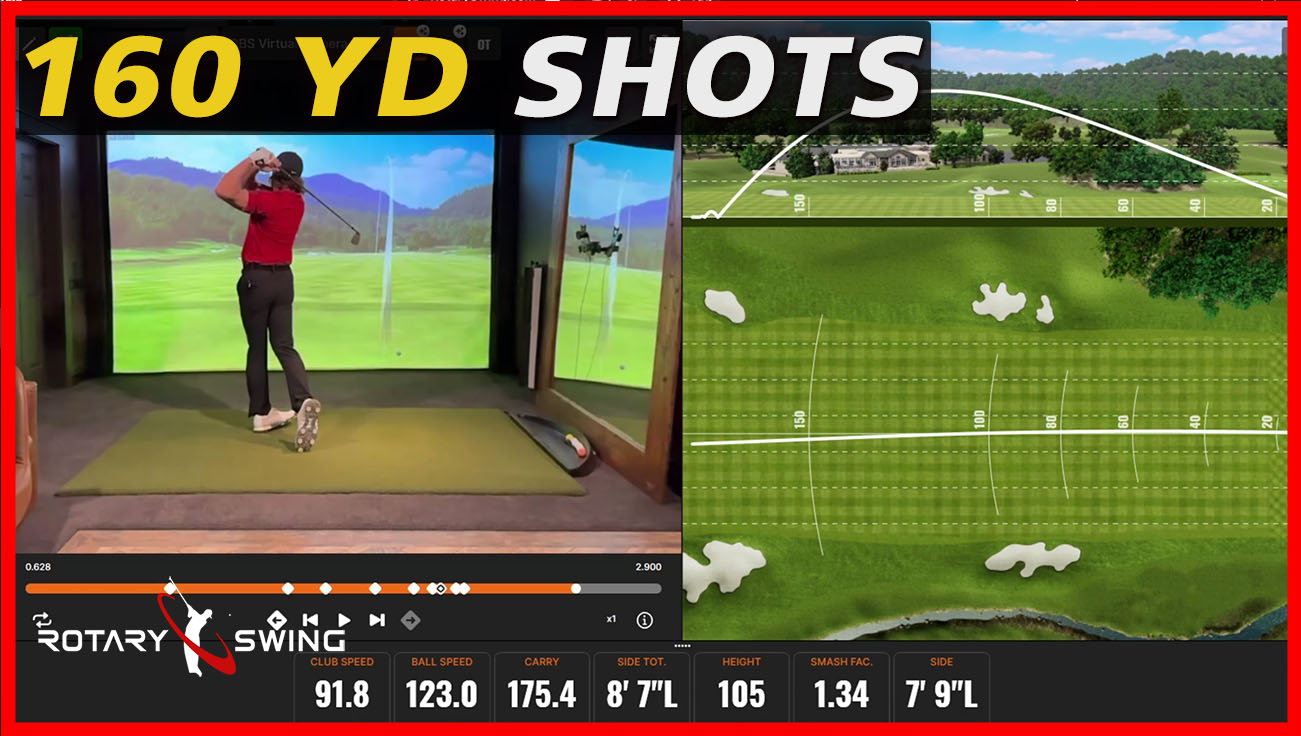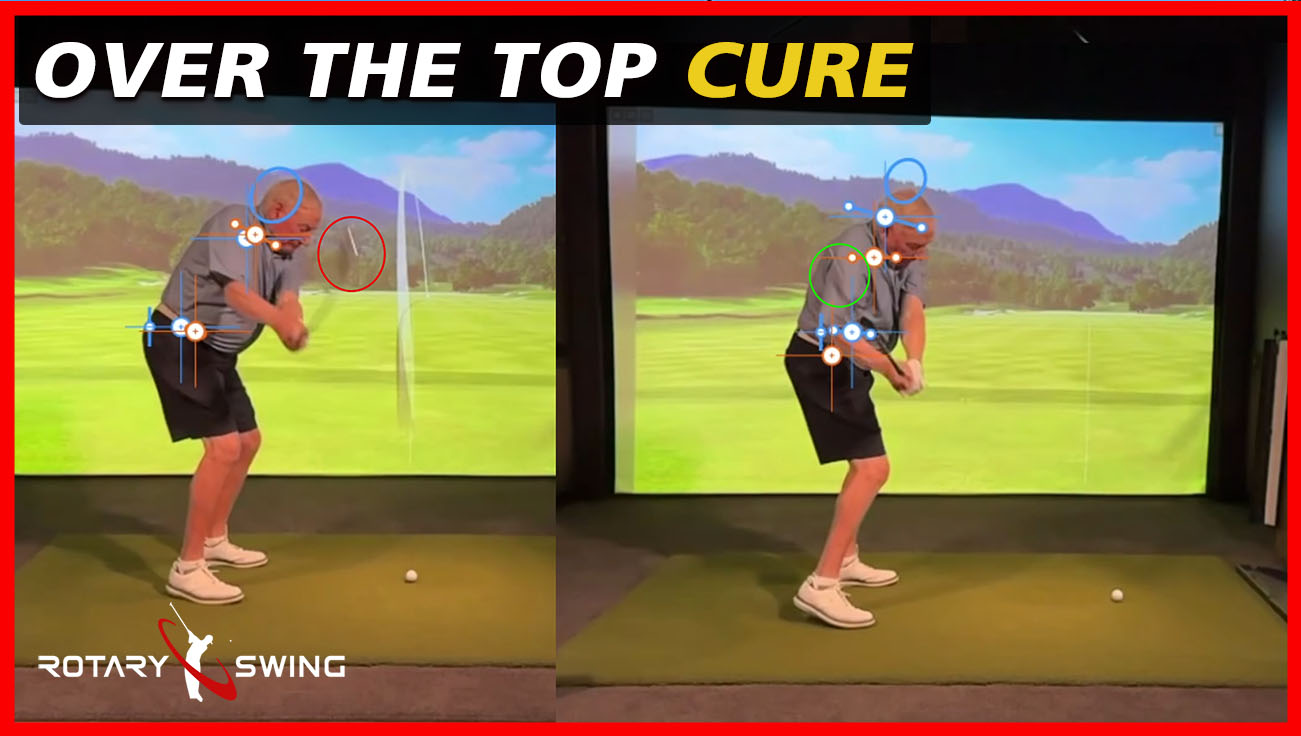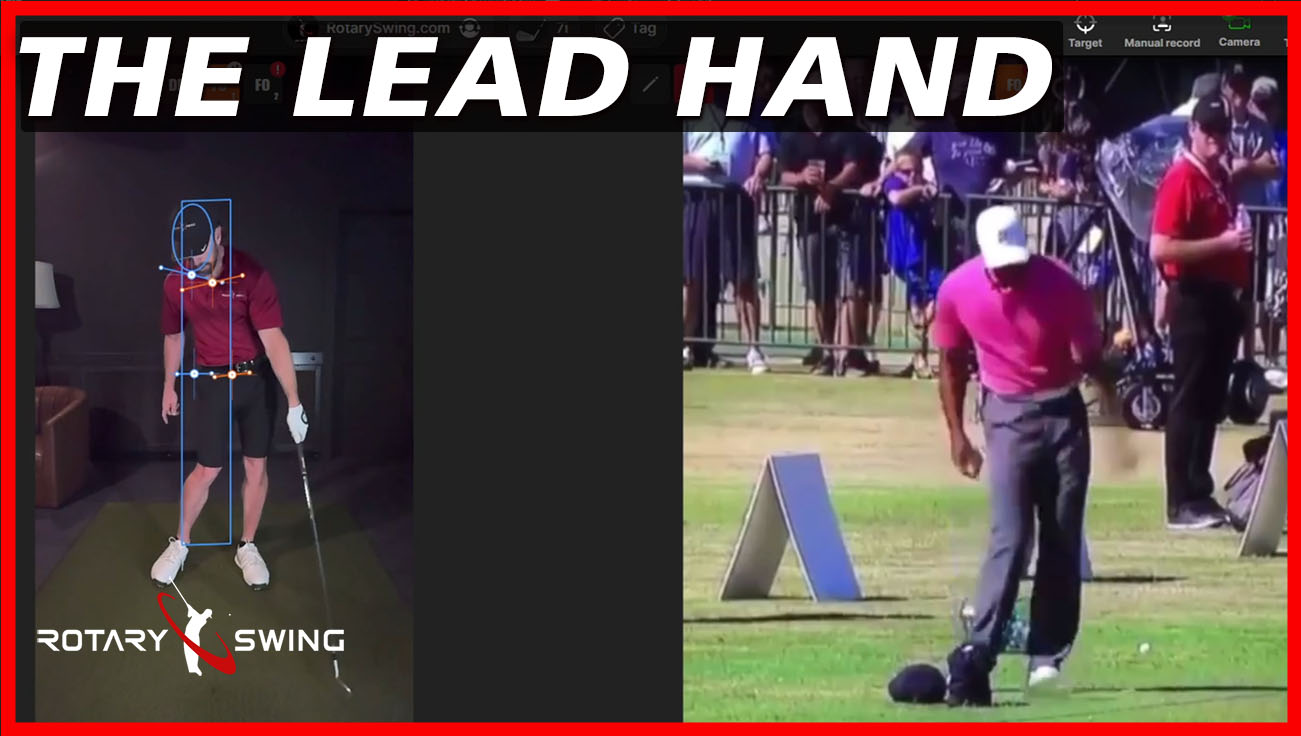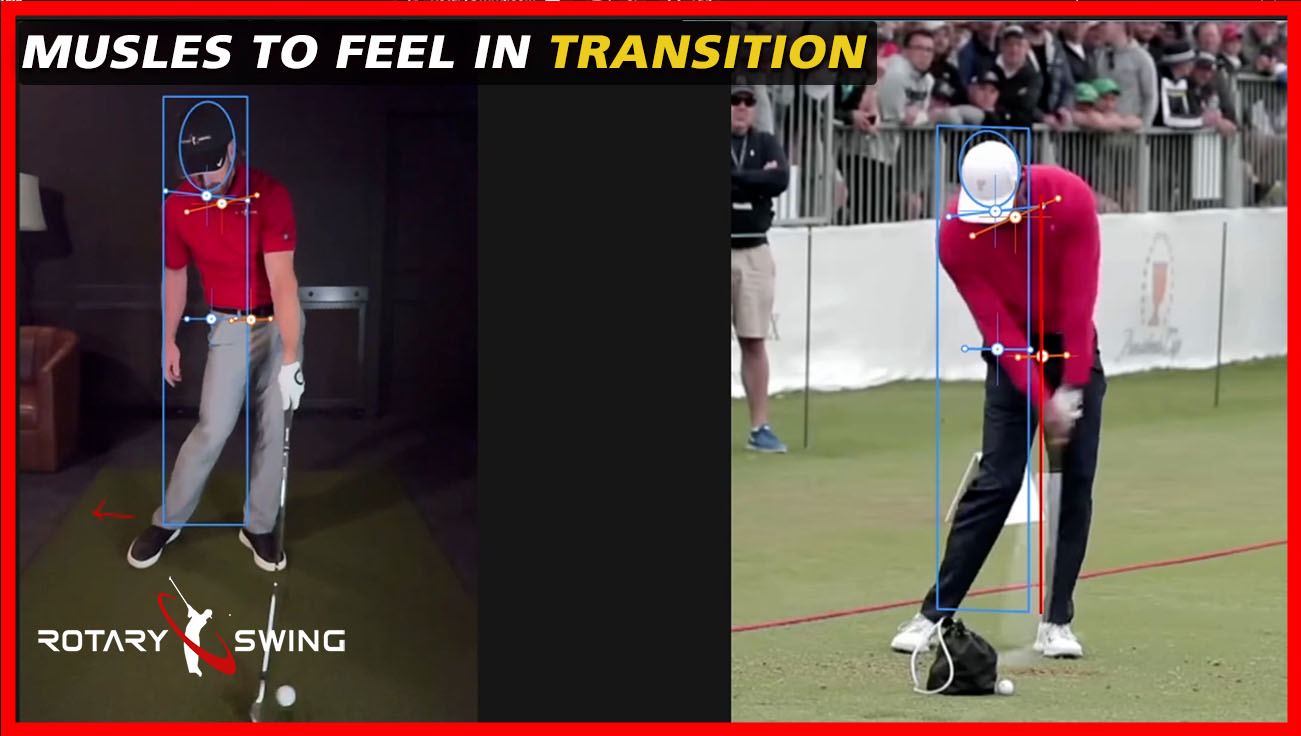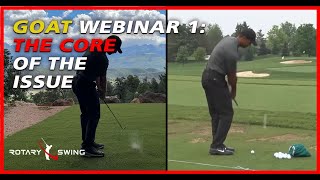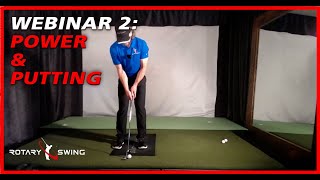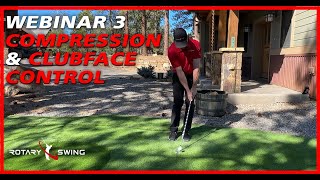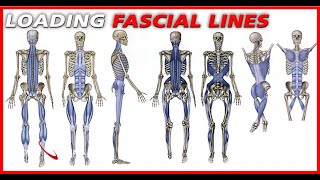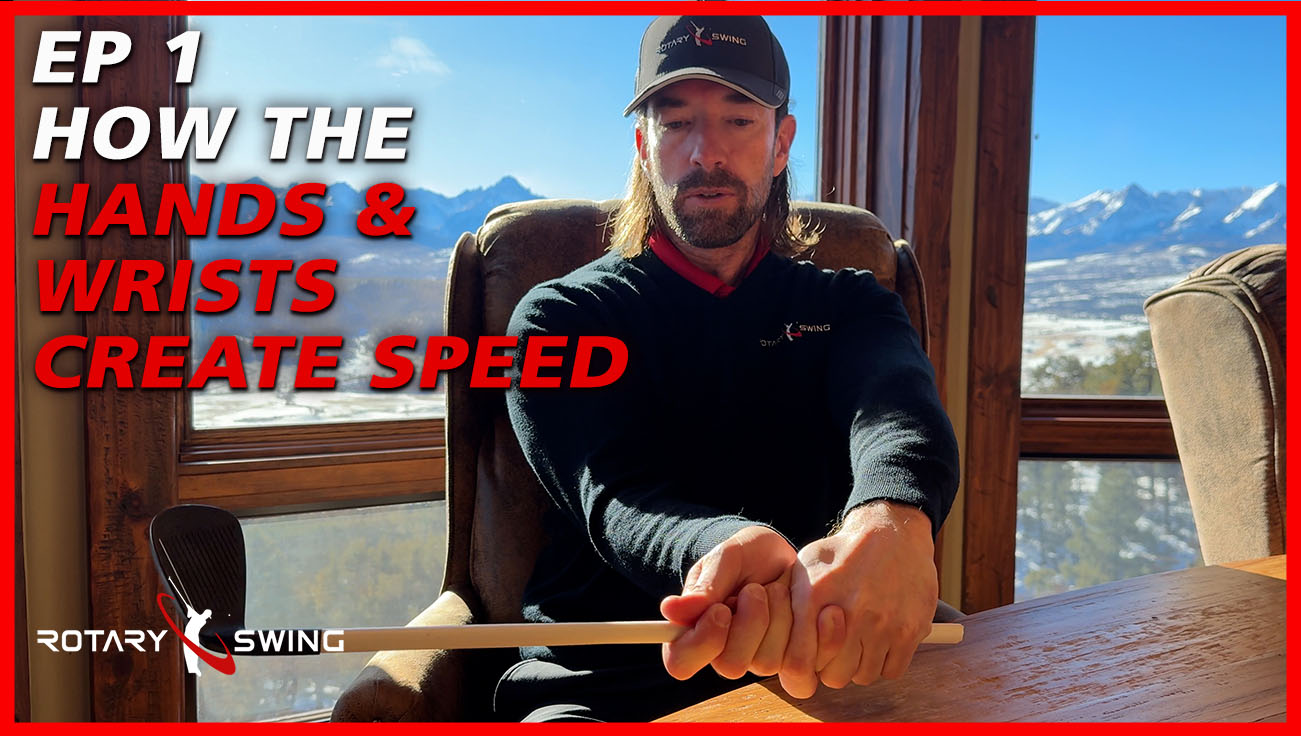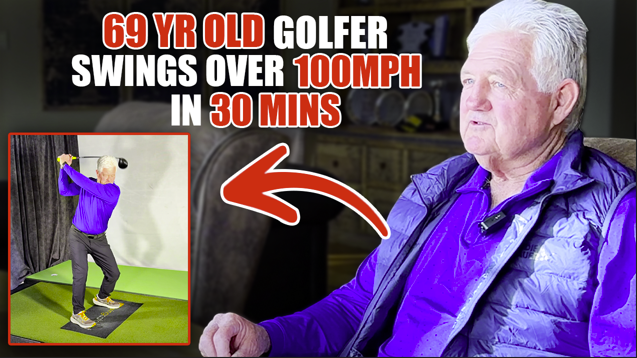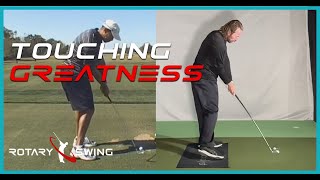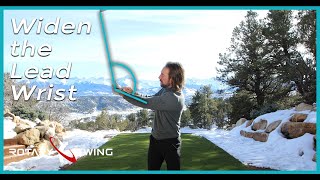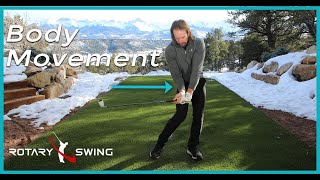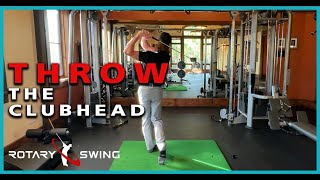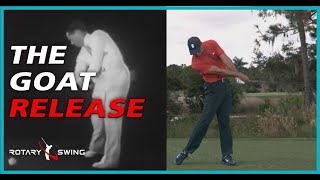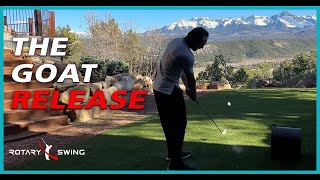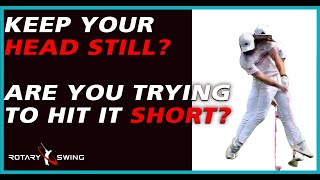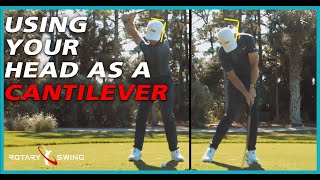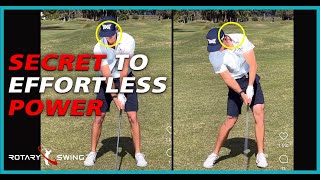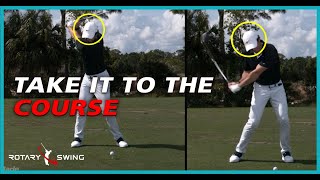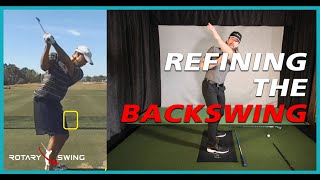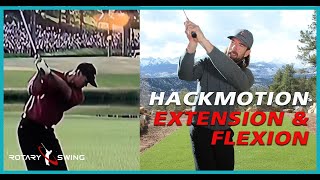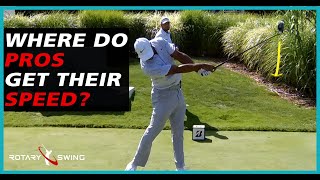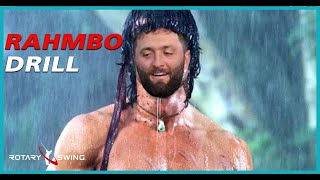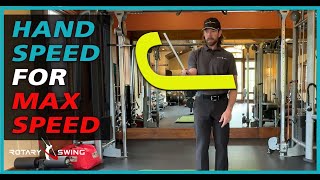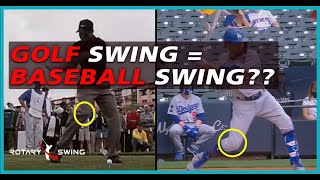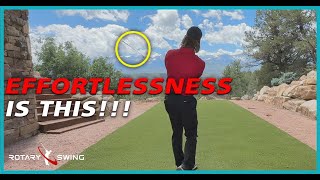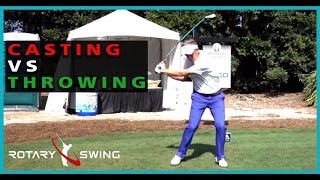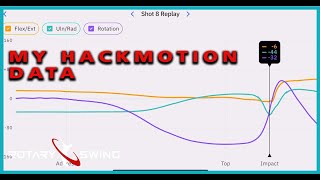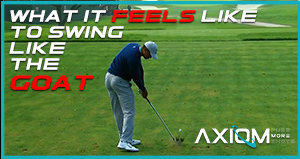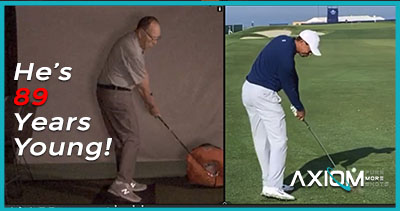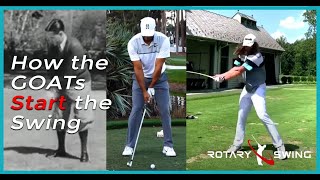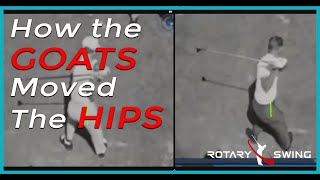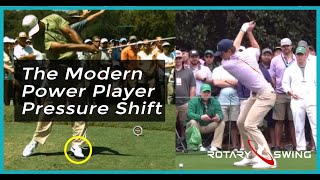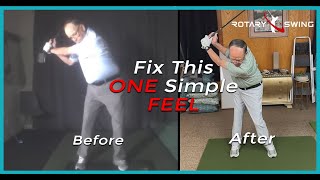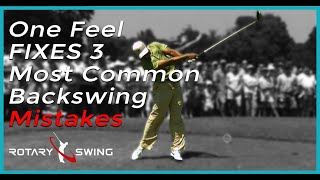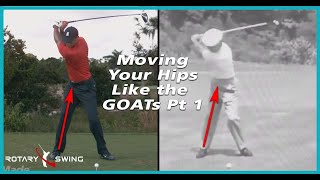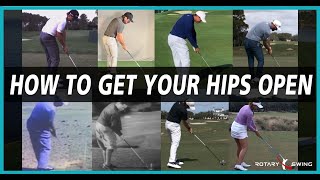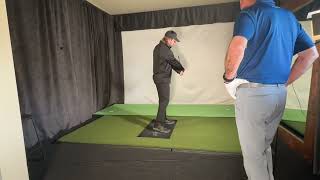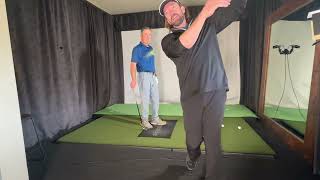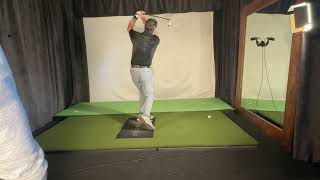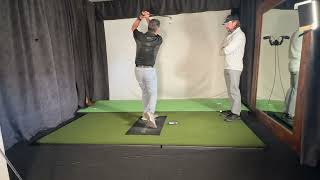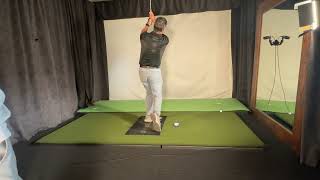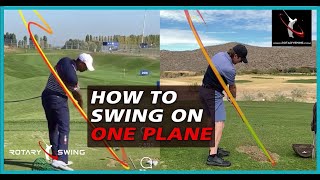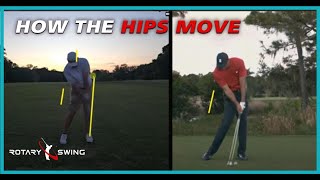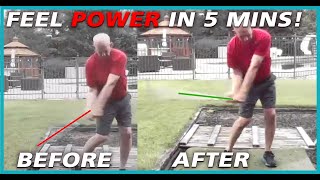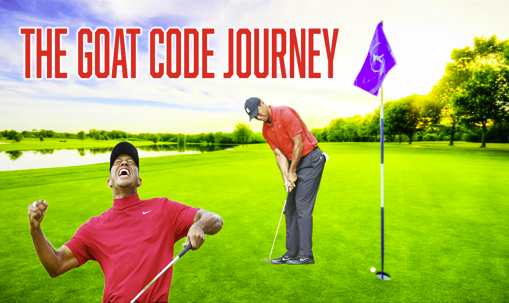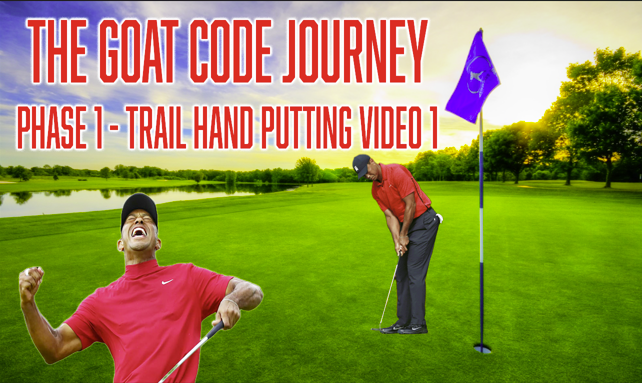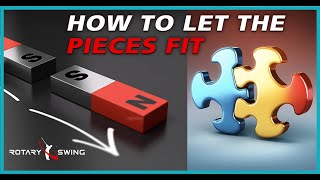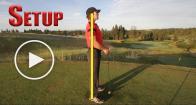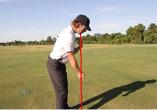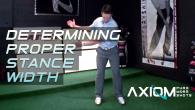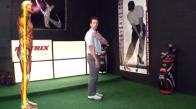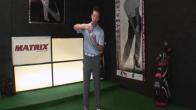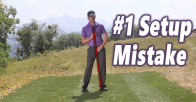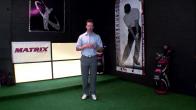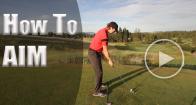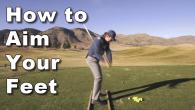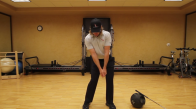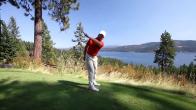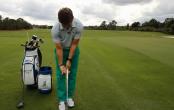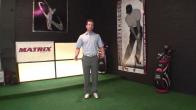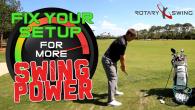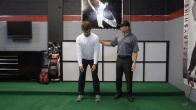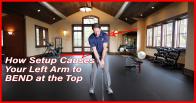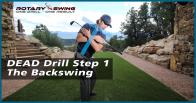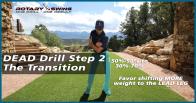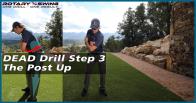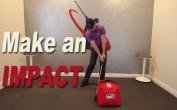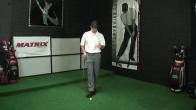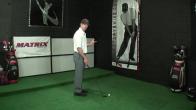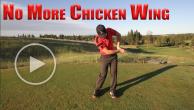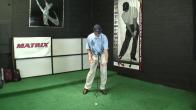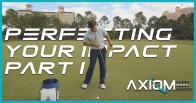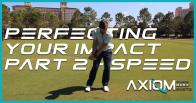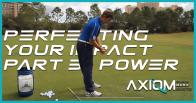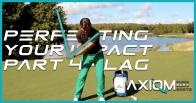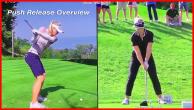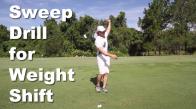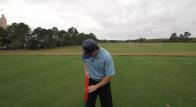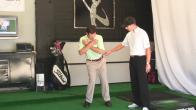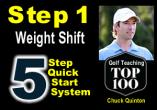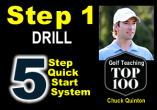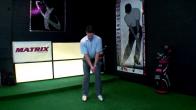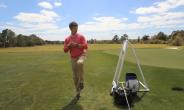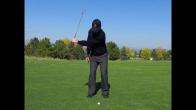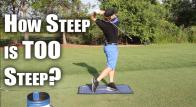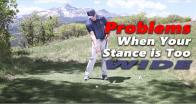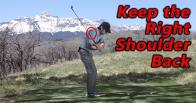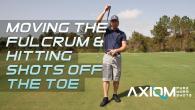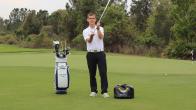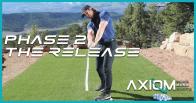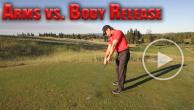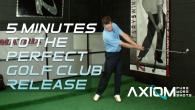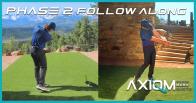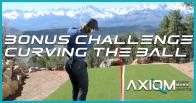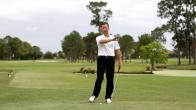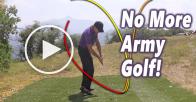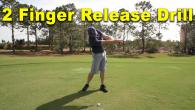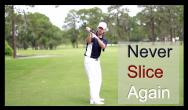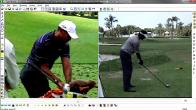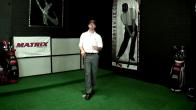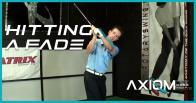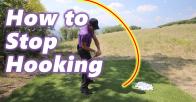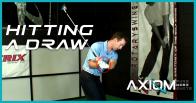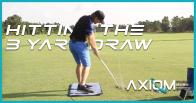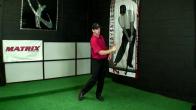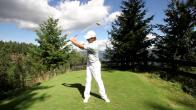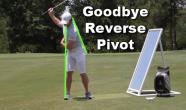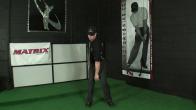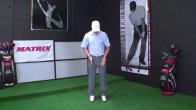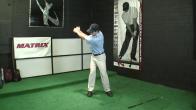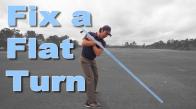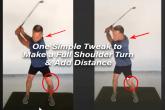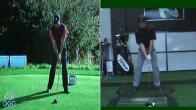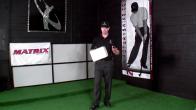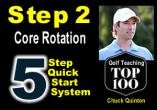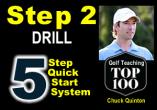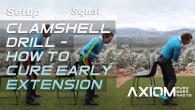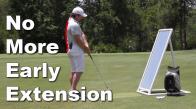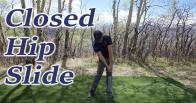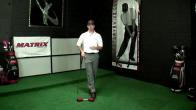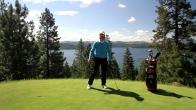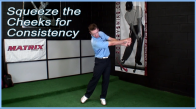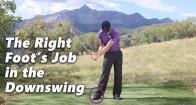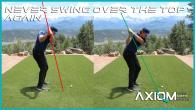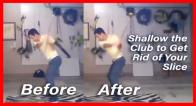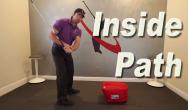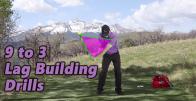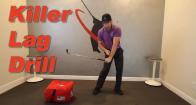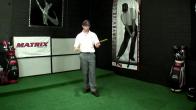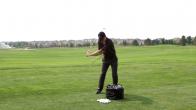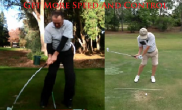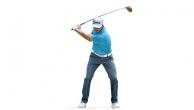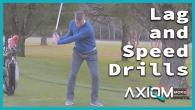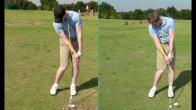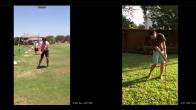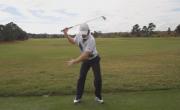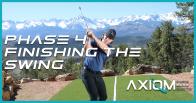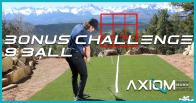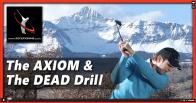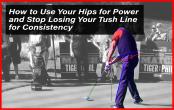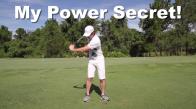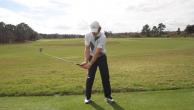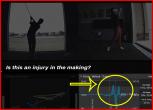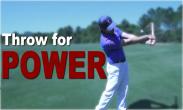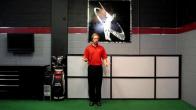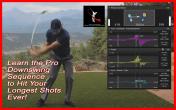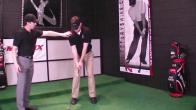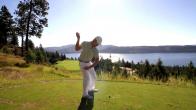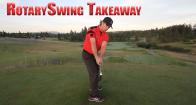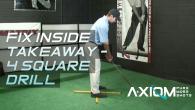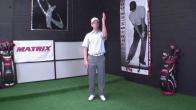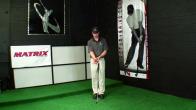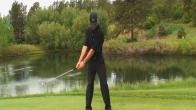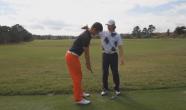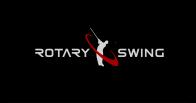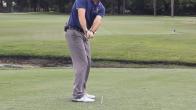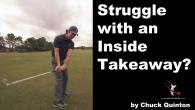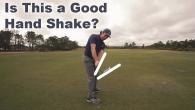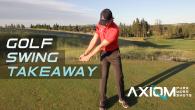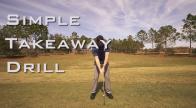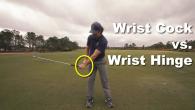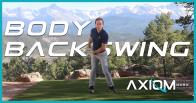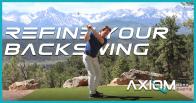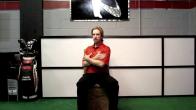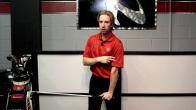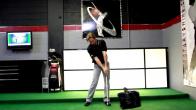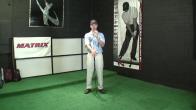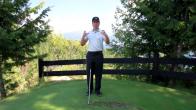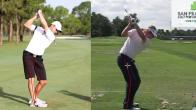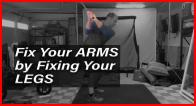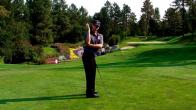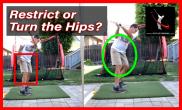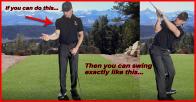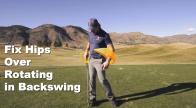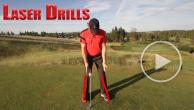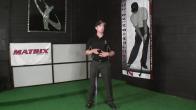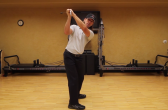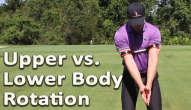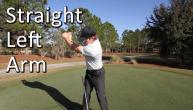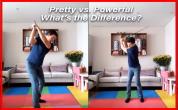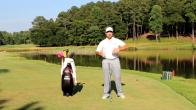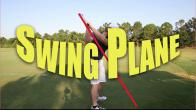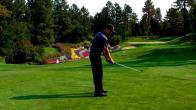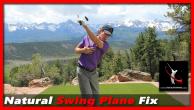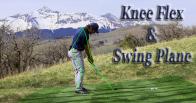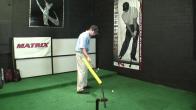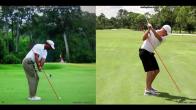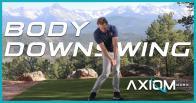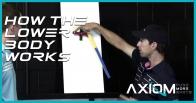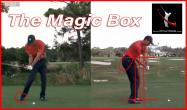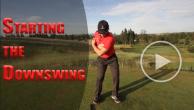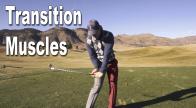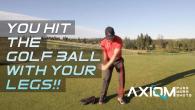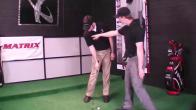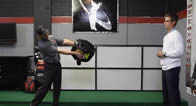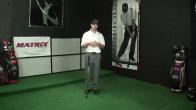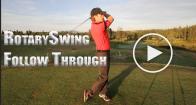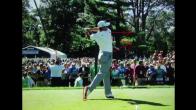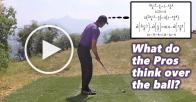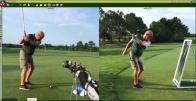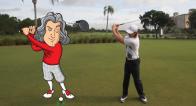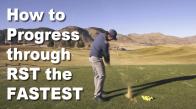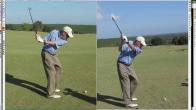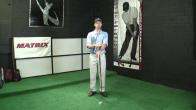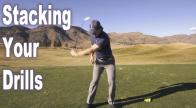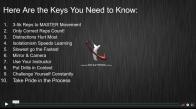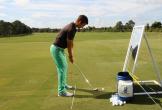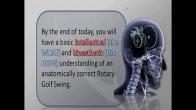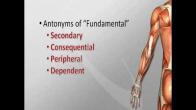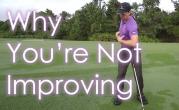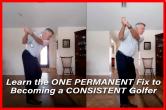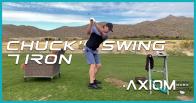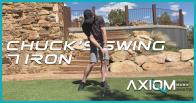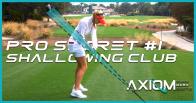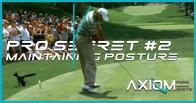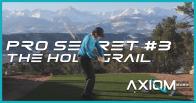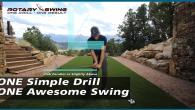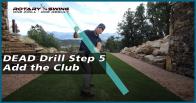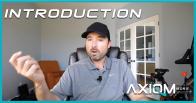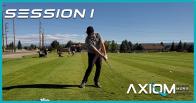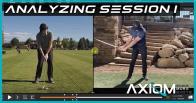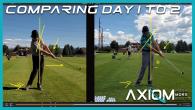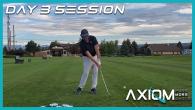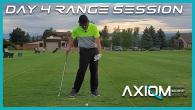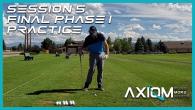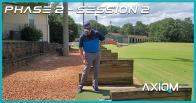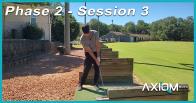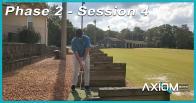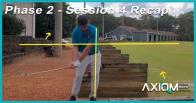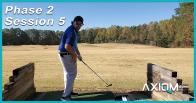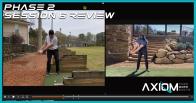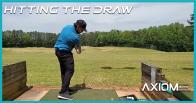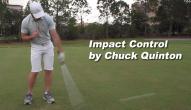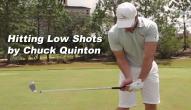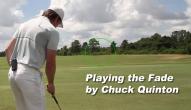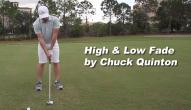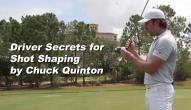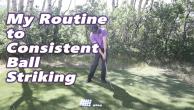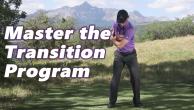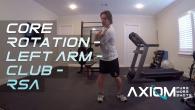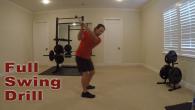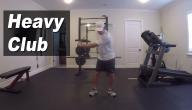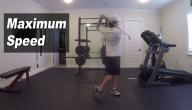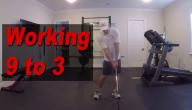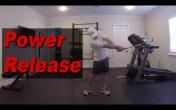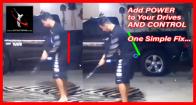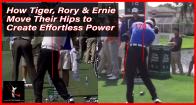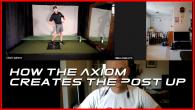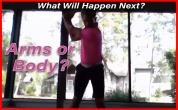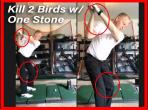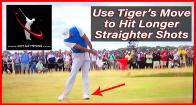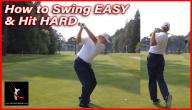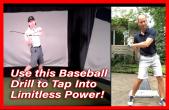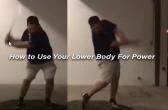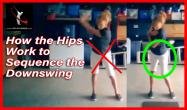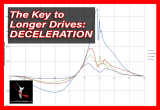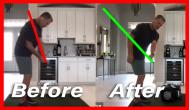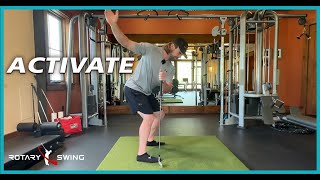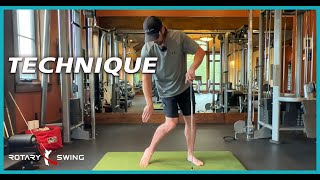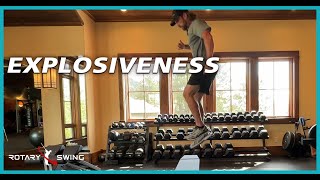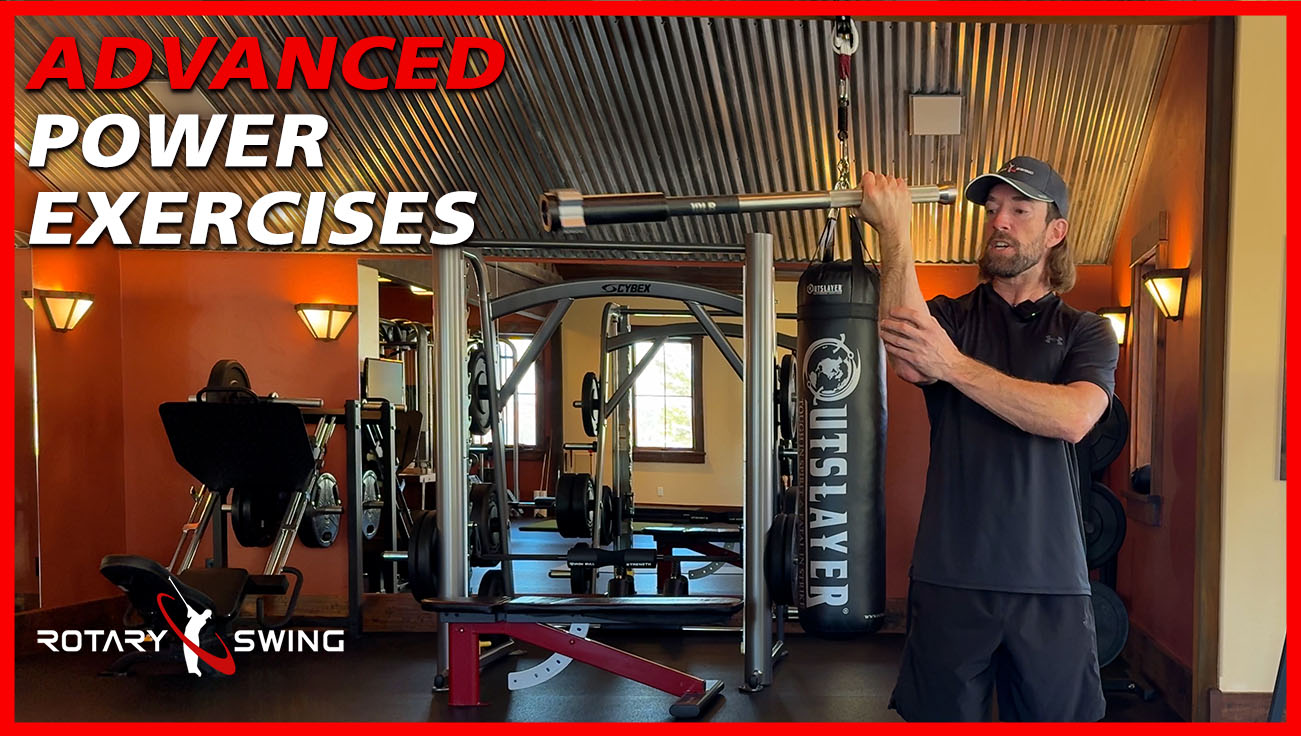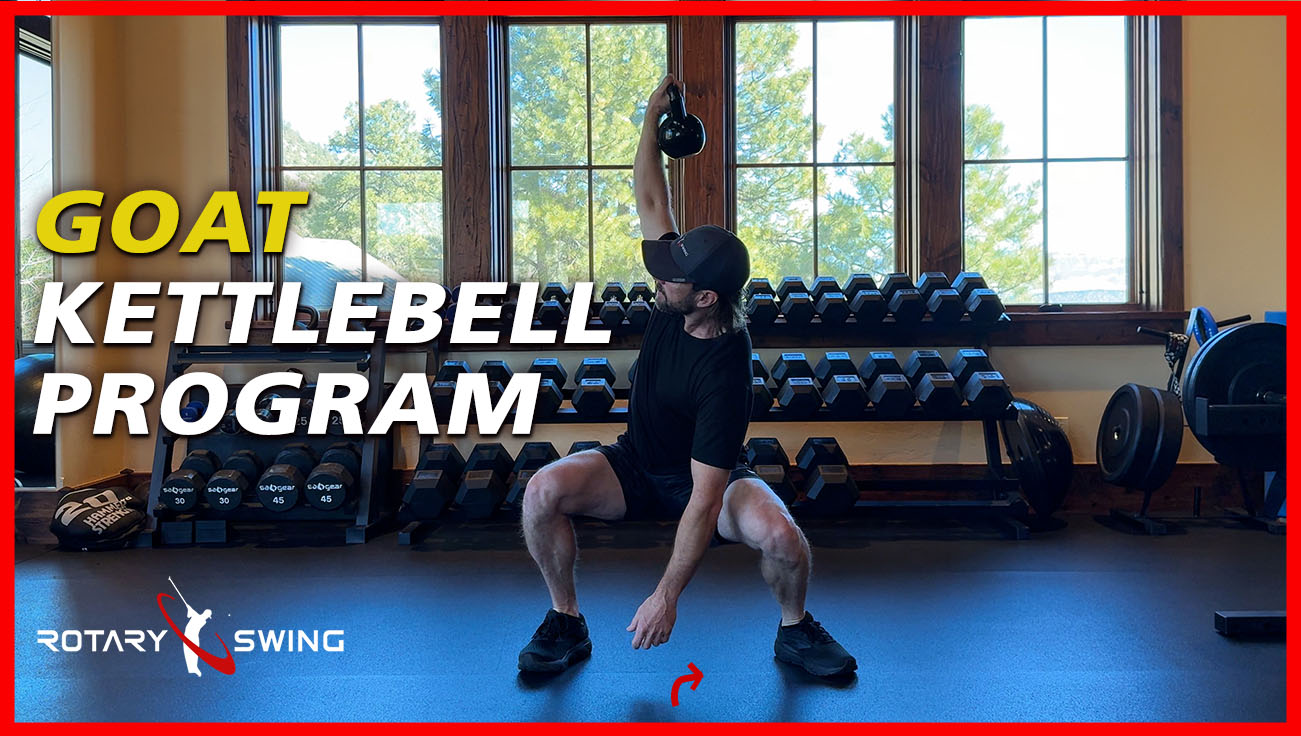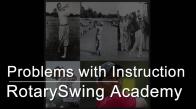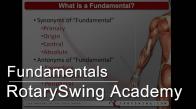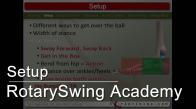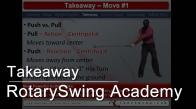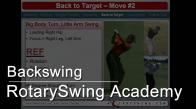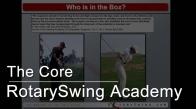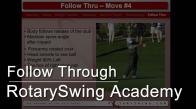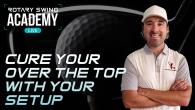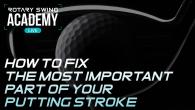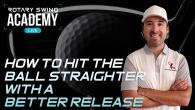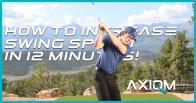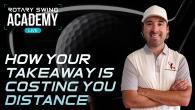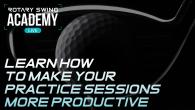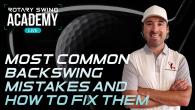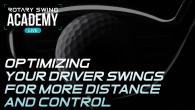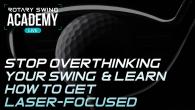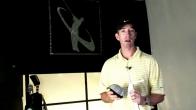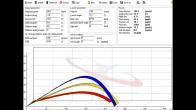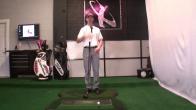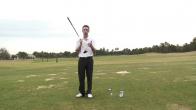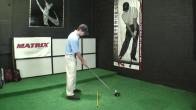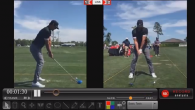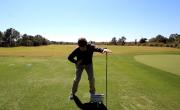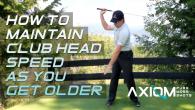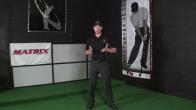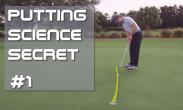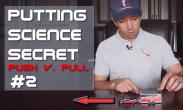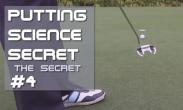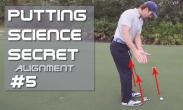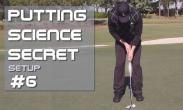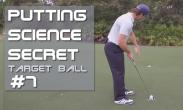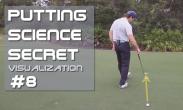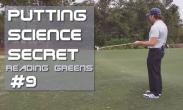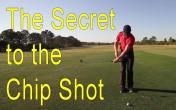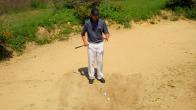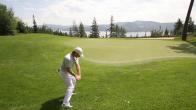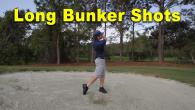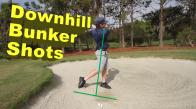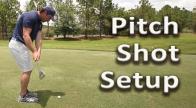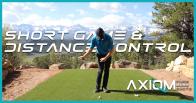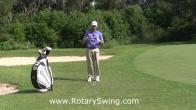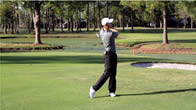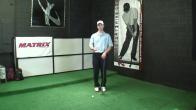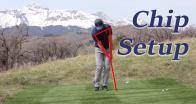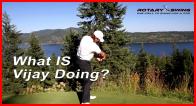C4 Bootcamp 3, Mar 25 2023, Session 4
Session 4 of 4
Good morning, everybody.
Happy Saturday.
How are we doing today?
Can you see me?
Can you hear me?
Let's get this chat going.
All right.
Hello, Craig.
How are we doing today?
Can you see me?
Can you hear me?
See your reflection.
That's good enough.
That's about it.
I think if we can just see that, we'll be good today.
All right.
All good.
All right, Dana.
Fantastic.
I'll wait for just a couple more.
All okay.
Perfect.
Charles, good morning.
Alfred, good audio, video.
Thank you.
Thank you.
User 131598.
All good in snowy Toronto.
Definitely not snowy here.
We had a little bit of a rainstorm in Atlanta today, but we're going to get to about 80 and sunny about 1 o'clock.
Joel, gotcha.
All right, Charles, fantastic.
Well, I would like to welcome everybody to the last day of boot camp.
I will be your humble swing guy.
Rotary instructor Craig Morrow.
We have Anthony, rotary instructor, in the chat.
Say hello to him if you get a chance.
Anthony, as always, I appreciate you stepping in, helping out with the comments.
How are we all doing today?
Everybody's bracket surviving?
Any good golf stuff going on?
As per usual, I'm going to let everybody kind of settle And then we'll get going.
Hello, Robert.
Hello, Steven.
Leon.
Fantastic.
Joseph.
That's early for you, Joseph.
That's early for a lot of people right now that are signed up.
This bar is going nuts on the fill-up sheet.
Hello, James.
Ork.
Brad.
All right.
So Brad's firing up early with questions.
As y'all know, as I let people pile in, I will be happy to answer questions and get clarification.
Because remember, this is the final day.
So this is, as you may say, glory's last shot at getting a hold of me live and in person.
Unless you do a live lesson or swing review or community or, as you can see, there's still ways of getting a hold of This kind of feedback right here.
Let's get these things ironed out today.
No question is a dumb question.
Good morning, David.
All right, Brad.
Could you explain the shift in post-up again?
I sometimes struggle with pushing off the right side too much and opening the shoulders too soon.
Brad, that is my issue as well.
Well, what's the clarification you need on it, Brad?
We're going to focus a lot on that today because it has a lot to do with the driver.
But essentially, as you start to reach the top, the shifting is getting the weight and pressure back to the lead side.
OK, so as you go from here, you know, what I always tell people is either do it correctly or exaggerate in the opposite direction.
So when you get up here towards the top, this falling feeling.
This is what I use most to get players to feel the shift in pose because the falling into the lead side like this.
Remember, everything's got to go.
It's not just the hip going this way.
Everything's got to go.
So as you go from here, it's basically going to feel like it's falling into the lead side, going towards the ball of the foot.
Then as you work from the ball of the foot towards the heel, straightening the leg, that's going to be what clears the hip.
The inner thigh adductors do have a lot to do with weight shifting.
And if you go to the preventing hip pain video, which is probably the best one for this, you can practice feeling your inner thigh adductors by dragging your foot with the other leg.
So if I was going to drag my right leg over to my left leg, I can get these inner thigh adductors to feel the pull.
Some players need to feel that a little bit more than others.
But what I would say is try to feel falling into the lead side.
or feel these inner thigh adductors, almost feel like it's pulling.
You're using your left leg to pull your right leg or your lead leg to pull your trail leg.
Craig, played Thursday, couldn't hit a ball.
After 12 holes, I was about to quit and draw a warm bath and a razor blade.
I stopped thinking about squat to square and thought about posting up and rotating my hands.
I hit the ball good for a few holes.
Driver was the worst.
Well, driver we're going to talk about today.
And that's sometimes what people get caught up in is squat to square.
Remember, you're moving through that position, Craig.
That is a position you're moving through.
Charles, in phase one, I hit the ball slightly on the heel side.
Charles, what I would check, if you're hitting it on the heel side in phase one, make sure you're not fanning the club too open going back because you'll tend to start to throw the hands out and check right hip push.
Diane, I got the hang of left side swinging with Axiom, but I struggle with the right arm.
Single swinging.
I found the throw the ball drill in session two helped with this.
Are they basically the same drill with the club?
Basically, except Axiom is going to be a little bit more exaggerated with the clockwise circles for a right -handed player.
But the same basic premise is there.
And we're going to focus a little bit on that today.
Anthony, I appreciate you helping out with Charles.
Joel, I assume there's some head movement during the weight shift, but some.
Joel, great question, okay?
The head, think about it this way.
The head, if I'm going to shift weight, it's virtually impossible for the head to stay perfectly still, okay?
If I'm going to move weight to this side, move weight to this side, you can see.
If my head were to stay perfectly still, My hips would be going like this.
You have about an inch inch and a half, depending on the player variants.
This way.
And then you got to get it back.
Okay to set up, or just slightly ahead of the setup positioning, so it's gonna.
That's some one thing of keeping the head down so you see what you're hitting is good advice, but it's it.
Sometimes it can be detrimental.
Some players try to keep the head so still they negate their weight shift.
And they start going like this.
All right.
So the head can move a little bit.
That's OK.
That's a natural thing.
Let's see.
Charles, I believe the boot camp and I'm understanding the hips more passive than I've trained in the past.
Is it correct that the downforce from the feet up drive the aggressiveness of the hips?
Yeah, it's that's what's doing in the past have really struggled with aggressive.
Exactly.
So.
That's what we're going to talk about that today a little bit.
Because what players get more into is they get more into doing the twist and they forget that.
The clearing of the lead hip is driven more by the posting or the vertical motion of the leg.
Remember, you've got the lateral, rotational and vertical motion, motion motion in the downswing.
Okay, the vertical motion is what's clear, you know, getting that left hip to post and clear behind you, Alfred, my tendency is to hit a mild pull and cut shot, maybe five yards right and cut back the five or more yards.
So the ball ends up back on target due to failing a complete release.
A mild pull cut.
What I would check, Alfred, depending on what phase you're in doing that, if you're pulling it, it's typically going to be a little bit of shoulders.
So to me, it sounds like you're spinning a little bit with the shoulders and holding off on the face.
Brad, awesome explanation.
Thank you, Brad.
Craig, I'm the B player in a tournament Wednesday and I go play Robert RJT.
I'm going to go with RTJ in Alabama in two weeks.
I'm freaking out and I'm a member now.
What would you recommend?
Drills for the cast.
I wouldn't recommend even trying to fix the cast, correct?
I wouldn't even do that.
If I had to play golf, first of all, you got to realize you got to play golf, okay?
You can't play swing and play golf.
What I would do is use a simple kind of mantra, something to get the flow and feel the swing.
You leave the swing work to the range.
You play golf on the course, okay?
What I would do, reading your notes, I would go to the two club drill, okay?
So if you go to the website, let me find something.
It's called a two -club drill.
And you'll swing with two clubs.
And what that's going to help you do is a couple different things.
It's going to help you feel the flow of the swing.
It's going to help you shallow out a little bit.
It's going to help you get out of your brain.
But you can feel going back and forth and swinging with two clubs.
It'll definitely help out with the casting issue.
But if I had to play, I would use a drill that gets me moving and feeling the swing.
Versus, okay, I got to do this, this, this.
No, no, no.
You play golf.
You don't play swing.
Excuse me.
Enjoying your boot camp.
Thank you, Richard.
I hit the ball into a net in my den.
I also go to my indoor club using TrackMan.
I'm still in phase two using the tracker.
About 60% done.
With the website.
My club face is between zoo.
Zero and two, open or close?
However, my path is in to out from one to five degrees.
That will tend to happen a little bit in phase two.
RicHard But same thing I would check your takeaway on that.
Okay, so one to two degrees.
This is your club.
Face or close, however, my path is, oh, out to in.
I thought you said in to out.
Sorry, it's very tiny on the screen if it's out to in, Richard, what I would focus on a little bit is that transition.
When you're getting here, more than likely you're adding shoulders and arms.
And so what I would do when you get to this takeaway right here, okay, I would focus on the weight and feeling the trail shoulder stay back in the transition.
Just a little bit longer to give a little bit more time for the arms to shallow out.
61 next week, played 45 years and never released the club correctly.
I can understand that.
I can understand that.
All right.
Charles, during the downswing, should the right elbow be in front of the right hip bone or just in line with the hip bone?
I really struggle.
Well, I mean, you want the trail arm working in front.
I don't want to give you like exact parameters because there's going to be genetics and things that play into this.
But as you start to come down, you want the trail arm working in front.
OK, so like if you look at my swing right here, as I get to this position right here, you know, my trail elbow is probably about an inch behind my hip socket right here.
But as I start to work to here now, it's in front of my hip socket.
All right.
You can see it's in front.
I don't want to give you an exact spot.
It's just the main thing that it works in front.
Hold on.
I got to make sure we don't have any errors on this.
Great advice.
I always have too many swing thoughts on the course.
Absolutely, Craig.
We all do.
Okay.
And I'll come back to you in a second, Mike.
This is kind of for everybody.
We all have too many swing thoughts, Craig, on the golf course.
Period, flat out, non -debate.
There is a time to go out to the course and start trying to implement new changes.
And I'm going to implore you, when you start getting good at positions, go play some rounds by yourself.
Hit a couple balls.
On the same hole, maybe move up a tee box.
To start trying to implement these things so you can focus on one or two things at a time to get used to them in real time.
Okay, that is good, however, you have to play golf, all right, we all get caught up and there's so much going on in the golf course.
You've got your buddies that you're playing with, you got wind, you got distractions, you got targets, you got alligators.
Who knows what's going on You're thinking about, hey, I forgot to pay that bill last night.
There's so many things that happen and what pops in your mind and what you're thinking about during a golf round, all right?
I can tell you, being somebody that did it, you know, played professionally for eight years and I've been playing since I was about the size of that impact bag, that you need to stay focused on what you're doing.
You are not, I repeat, You are not going to work on a drill for the range for the first time and go out to the course, thinking doing that same drill, and then all of a sudden your swing is just magically better and it's just completely different.
Movement patterns do not change that fast.
Your feel is going to be a little bit different and you may get a little bit closer to what you want, one degree here, there, one inch here, there, but you're not all of a sudden, if you're like this and you're a massive over the topper, you're not all of a sudden going to be, you know.
three feet below the plane when you go out there and you start playing golf, all right?
It's going to take time to implement these things.
So don't go out there playing swing.
It does not work that way.
I wish it did.
It just doesn't happen that way.
Play golf.
Focus on the target.
Keep it simple.
Enjoy your round.
Get up and down.
Mike, perhaps you'll address this today, but during the first session, that my setup was probably too wide wider than NJAA and probably particularly egregious with the driver.
Let me know if the driver width should be different.
We're going to talk about that first because we're going to start with setup.
Michael, Craig, the sequence drills are life-changing.
I'm 70 and after three days in the backyard, went to the range yesterday, hit most pure shots of my life.
Awesome, Michael.
That's nice to hear.
And it'll keep getting better, I promise you.
It'll keep getting better.
Charles, thanks, Craig.
That explanation is very helpful.
Awesome.
People are still piling in.
I'm going to give them just a couple more seconds.
And since today, I want to make sure everybody is answered.
And I need to get a little nectar from the gods right now so I don't lose my voice.
I still got this little bit of a bug.
Just a minute or two.
And I apologize.
I have a little bit of an issue.
Getting on rants sometimes.
You can ask my swing review students or anything like that.
My live lesson students.
My human students.
Because, as you all know, it's very easy to take something simple and make it overly complicated.
It's tough to make something complicated and make it super easy.
Now, in my world, I've been around the block.
I've heard literally everything.
I've tried literally everything.
And I have all this knowledge I want to continue to share.
And then, you know, something might fire in my brain that I haven't mentioned yet.
And I want to talk about that.
And it's like, oh, there goes a chicken.
So I know I can get on these rants sometimes, you know, kind of veering a little bit away.
But when you really start to understand the bare bones about the golf swing and what really needs to happen.
that there is some simplicity to it.
And I believe that when you kind of have that knowledge and you can get it down to that simplicity, it doesn't feel so overbearing.
It's like, okay, this isn't advanced trigonometry, which for some people may say, hey, that's easier than the golf swing.
Well, it's really not.
We are very good at getting in our own way.
And that's why when I kind of get on these rants and I start talking, it's because I want you to get out of your own way because we all do it as golfers.
We all kind of lose the force through the trees and don't really see the kind of simplicity in it.
And I don't mean to belittle it, but it's just a stick and a ball.
If you have some basic parameters, you're moving the stick roughly well and you're letting the ball kind of get in the way, good things can happen.
And we kind of sabotage ourself.
And so sometimes when you have the knowledge and you can kind of see the whole picture, it's not so overbearing.
It's like, oh, I understand that a little bit better now.
That's not something so overly complicated.
I know I have a tendency to do that, but.
Craig, awesome.
I have.
Let's see, where am I?
Anthony, coffee.
No, today we're going with the Nectar of the Gods.
We're going with a Diet Mountain Dew.
Already had three cups of coffee this morning, so we're switching it up.
I have a private nine-hole course and play with myself all the time, so I will do that.
My swing is lifting the club straight up, inflection rotating, standing down through the swing.
It works pretty good.
Yeah, Craig, what I would do, I mean, say you're working on shoulder spin.
Go out and play nine holes by yourself and say this to yourself.
Okay, I don't care if I shoot.
75 on this nine holes.
I don't care if I lose 12 golf balls.
Go take a box of cheap pinnacles.
But come hell or high water today, I'm going to make sure that my shoulders don't spin from the start and I shift my weight.
And that's the goal.
It doesn't matter what happens with a golf ball or anything.
Start to implement the change.
If you focus on what you're doing, implement the change.
The golf ball will come all right.
I'm going to end this and get started after Robert and Diane Robert.
When you throw the ball at the ball on the floor.
Are you narrowing your right arm too much coming down?
Are you narrowing your right arm too much coming down?
You don't want to narrow your right arm?
DIAne All right.
Last season, managed to get the left arm to lead the swing by keeping the right hand more light on the club.
Good results in terms of consistency, but needing more distance.
Exactly.
Exactly.
Craig, thanks again.
You're awesome.
All right.
No problem.
My pleasure.
So I will end this with Diane's question and get into the session.
That's great, James.
It's the truth.
Going in, we'll kind of start this with Diane's question.
So Diane talked about how she got very good with the lead side and got very consistent, but she lost speed.
Or remember, there's two elements in the golf swing, or there's two sides in the golf swing.
You got a lead side, you got a trail side.
And that's why I always try to phrase the players that this side, the lead side, is your control side.
So if you think about the glove hand, Okay.
The glove hand is very good.
All right.
At controlling ball flight, flighting it low, holding off, feeling release, you know, ball mechanics.
The trail side is where you're going to get your power from.
That's where the power has to transfer from.
Now, it doesn't matter whether you're a lead side player or you're a trail side player.
Both arms have a role in the swing, even for me.
All right.
So my golf swing.
As I come down from here, all right, I literally feel no trail hand, all right?
That doesn't mean it's not doing anything or something isn't being transferred through it.
It just means for me, I'm not letting my trail hand over dominate my lead from controlling my ball, okay?
So there's both sides of this equation.
Now, To the topic at hand, the old trusty number one wood, all right?
That's going to be the topic of discussion today.
Now, I can tell you from personal experience, I used to fear this club, all right?
I used to fear.
In fact, if I could have probably hit about four or five more fairways around, I'd have a different profession.
Now, it's the easiest club to hit in my bag.
Like, it's like, oh, I get to hit driver.
Great.
Even on holes that don't require driver, I still pull out driver now because it's like, oh, this is the straightest club in my bag.
Got a lot of real estate to work with.
It's the size of a tennis racket comparatively to other clubs.
So we should be able to make something happen with this.
But I know at the end of the day, getting in fairway, getting in play is such a huge component of the game.
If you can get started out on the gates, out of the gates correctly, it makes life in golf so much easier.
All right.
You know, I'm a king of making bogey birdies.
All right.
First one out of bounds, you know, would have been a birdie if the first one wasn't out of bounds and made a bogey.
I mean, that's, you know, I used to be.
I understand the daunting task, getting off the tee or not having enough distance.
And then you're having to hit three iron and your buddy's hitting seven iron.
And it just makes it a little bit harder, especially the way courses play today and what have you.
So how I want to gear this, for me asking all my students what they want to talk about, the main thing they wanted to talk about was just more distance.
All right.
Now the good news is to get a little bit more distance.
It's also going to help you out with consistency and face control and stuff, but all you can't.
Just until you get to a certain level, you don't want to just work on it in just a vacuum.
Like, I'm just going to get, you know, crazy with distance.
Because I don't want you to be the Remax guy, I don't want you to be the guy that, you know, can hit the 400 yard drive, but you got four out of bounds.
Let's go good distance and in play all the time because it just makes life and golf much easier.
So how we're going to do this, we're going to talk about setup, we're going to talk about different parameters of what we're looking for at impact.
Okay, we're going to talk a little bit about the backswing, we're talking a little bit about the downswing, and we're talking about two drills.
Depending on what kind of player you are, okay that you may need to work on for your swing, because it depends.
And when I look at a swing or Anthony looks at a swing, you know, some players may have a different problem than others.
So I I want to, I want to use two different drills, so to speak.
So because you're going to fit into one category or the other, or most people.
But I want to have something that everybody can do, you know, not just well, that didn't work for me, Craig, because I already do that well.
Okay, well, let's try this one.
So the first thing is going to be the topic is Axis tilt, okay, Now, Axis tilt is a touch and go subject with everybody.
Because either they don't have enough, or they do too much and it messes up their weight, balance and stuff like that.
So we had a question earlier in the forum about stance width.
I'm keeping this on kind of max launch driver distance, okay?
For the driver, you're allowed to set up three inches outside of neutral.
Okay.
So when I talked about with the irons that we wanted to be two inches outside of neutral joint alignment, so two inches outside your hip socket with both legs, with the driver, you're allowed to be three.
Okay.
Driver's a specialty club.
All right.
So, and there's different parameters when it comes to hitting the driver.
So the first thing is, is you're allowed to be three inches outside of neutral.
Now let's think about this with this extra stance whip.
What's going to be the first thing that changes with this?
Well, if I put this club down my sternum right here and I start to add my tilt, you're going to notice that I have a little bit more tilt with my driver.
Now, that means a little bit more tilt with my driver.
That doesn't mean this.
My stance went from two inches and now it's three inches wide.
So there's only a one inch change.
Okay.
So it doesn't mean anything crazy is happening.
We should still be able to have a 50-50 balance right here in this stance way.
Now, some players may tend to be a little bit more on the lead side.
The thing that I don't want is you setting up back here on your right leg like this when you add this axis tilt.
So the axis tilt is going to be slightly greater.
Slightly.
This is important for a couple different reasons.
One, as you know from the other sessions, it helps us rotate around the spine.
But two, this is going to aid in shallowing out the club.
Because when we start to come down and we have more axis tilt, let's think about this.
If I take my spine and I just go like this, what'd the club do?
The club shallowed out, all right?
The vast majority of people that come over the top, they don't have enough.
secondary tilt in the downswing to shallow out the club.
You have the axis tilt set up, and then as you come down, you have what we call secondary tilt, okay?
So this secondary tilt is going to help you shallow out the club.
So with setting up three inches wide, having a little bit more tilt, now when we move our weight, it's going to allow us to have a little bit more secondary axis tilt, which is going to help shallow out the club.
This is also going to aid in a higher launch of the golf ball.
Now, one of my biggest pet peeves that I see when players get this stance width and they get a little bit of axis tilt, which is a swing killer.
And I repeat, swing killer.
As they set up to this, they get their stance width and they get into position.
And then when they add the tilt, they're like this.
Now, what's wrong with this position?
Well, as they were setting up, They grab their trail arm, and they come over like this, and so their shoulders get open, their arms get open.
You're done.
Yes, you can manipulate and make up for those positions, but if your shoulders are open at setup with this tilt and with this stance width, you got two things that are going to happen.
A, you're either going to take it way outside with your arms and hands, and you're not going to rotate.
B, you're either going to start winding your arms and hands, and then you're going to load your arms and hands too soon.
So when you take your setup and you get your stance width and you get your tilt, I want you to really practice how the trail arm comes down from underneath.
So when you're looking at your setup, you can see just a tiny bit of your left forearm right there.
I don't want it like this.
I literally see it on a daily basis.
Okay.
So we're going three inches outside of neutral.
We have a little bit more axis tilt.
We're going to make sure that when we add our trail arm, we don't go on top of it.
We come from underneath so that we don't get our shoulders open, our feet going one way, crossing the lines with the driver is a killer.
Now this comes to the term of ball position.
Okay.
As you can see, I somehow got this to stay up like that.
It might fall down with a gust of wind.
What you're looking for with this, and you can see me as I'm setting up right here, is I want the ball on the end step of the lead foot, okay?
So you can see it's almost like right off my big toe, but it's just off the end step of my lead foot.
This is going to be your higher launch, kind of bombier drive positioning, okay?
You can.
If you want, I'm just mentioning this.
You can, if you want, take a little bit more narrow stance and put it a little bit more in your stock golf ball position for just maybe a little baby stock drive.
But for most players, what I would recommend is three inches, having the axis tilt, ball off the instep right here.
Okay.
This allows for the proper launch.
Okay.
This allows for us to catch it at the right time.
Now, this kind of goes relative to tee height as well.
If I'm going to tee the ball up for it in my stance right here, I don't want it directly off the ground.
What you're looking for is for the ball to be about three quarters above the crown of the face for a high launch, big far golf ball positioning.
So all I'm saying is you want it to be about three quarters above the face.
So just a quarter of the ball sitting.
on the face angle right there, okay?
So the first parameter is getting the setup where we have the three inches, we have the axis tilt, we have the ball off the lead end step, we're about 50-50.
This is where we have to start.
And our shoulders and arms aren't open, okay?
Very, very important.
Because think about it this way.
If I'm standing right here, okay, where's my lead shoulder right now?
Is it ahead of the golf ball?
Is it behind the golf ball?
Is it in line with the golf ball?
As of right now, my lead shoulder is slightly behind the golf ball.
Well, the lead shoulder is your fulcrum point, okay?
So when I'm hitting an iron, I'm hitting down on it, and my shoulder is stacked over my legs.
This is what's getting my fulcrum point out ahead so I can have a downward angle of attack.
Now, with the driver being in this position, And I'm catching the ball at a different time.
It's actually slightly ahead of the bottom of my swing guard.
Which would be this would be the zeroing out point.
And now I'm moving into the positive territory.
Okay, so my setup is pre -setting up my launch, okay.
And it's very important to understand where this fulcrum position is relative, kind of where you want to strike the ball, whether you're trying to get at a downward angle attack or trying to hit level or trying to hit a positive angle of attack.
Look at the setup first.
Now, in the golf world, ball speed is king, okay?
You don't want power in the swing.
You want speed.
And that's where everybody kind of, when they get to the driver, they start to kind of mess up.
So to start to maximize ball speed, you need to hit it solidly, obviously, but you need to start to diagnose where you're hitting it on the face.
So if you're coming into the strike and you're hitting it on the heel or you're hitting it a little bit on top of the face, all right, what's going to happen is you're going to have too much spin.
All right, how many players out there hit a driver and, you know, You get this, you put a good swing on it, the ball carries and you're seeing this thing high fly.
And then you hear somebody in the background say, pull, and it just looks like a wounded duck coming out of the sky.
It's like, Oh, this is going to be a big bomb error.
Well, more than likely.
That's because you're starting to get a little bit too much on top of the face, you're starting to get a little bit towards the heel, and you're getting a little bit too much spin.
Okay, then you have on the other side of the face, where if you're airing out towards the toe, a little bit above the equator side.
What's going to happen is you're going to have two lowest spin.
So you're going to hit the shots where you're hitting these toes shots.
And they're just carrying like this, they're like little, low running bullets, but you're not getting the advantage of having high carry.
Now, literally every pro in the world uses something to figure this out.
And I all I would recommend is taking some DR shoals, some foot spray, some tape, anything that you have like that, spraying your face and figuring out where you're hitting it on the face.
All right.
Now, everything that I'm getting you to do today is going to help you start to maximize where you're hitting it on the face.
But if you feel like you're making good swings and you can't figure it out, those are typically going to be what we see with ball issues, getting too much spin either here or there.
So it's very important that you're hitting it solidly.
It has so much to do with proper swing.
And I see this.
popping.
I just want to make sure nothing's going on.
Okay.
Shaffling.
When you come into the strike, okay, with a driver, you want your shaft being more vertical.
Okay.
You do not want a ton of shaffling.
There are different players, different parameters, but the vast majority of golfers, you want this club more vertical at impact, okay?
You don't want to try to hit a driver like an iron impact.
Wait for the next comment.
You don't want to try to hit a driver like an iron impact, okay?
So what you're looking for is to allow for the club to swing.
You want it a little bit more vertical at impact because you're going to be catching this on the upswing.
Now this comes to the controversial debate of iron and driver swing.
The iron and driver swing are the exact same.
There's nothing different between the iron and driver swing.
The problem is players try to make the driver swing different than their iron swing.
No offense, I'm not.
Anthony's not.
Chuck's not.
Nobody's that talented to have that many different movement patterns.
Okay.
The only thing that's happening when you're going from an iron to a driver is you're usually just exacerbating the problems that you have in your iron swing.
The iron and driver swing are the exact same.
Okay.
You're just catching it at a different point in time.
So I'm adjusting my setup.
So when I make my normal iron swing, and I work into here, my club's going to be a little bit more vertical, and I'm catching it at the different point in my fulcrum.
Versus when I'm setting up with an iron a little bit more narrow, not as much tilt, and I'm coming back down, well, now I'm catching it with a little bit more forward shaftling.
But now let's imagine, okay, now I'm going to make my stance a little bit wider here, and I'm going to keep going up to the ball.
Now look at where I am.
Now I'm actually behind, back to vertical.
So I'm just catching it at a different point in time.
Don't try to make a different swing.
When you get to the driver, adjust your setup, it is the exact same move.
Okay, take advantage of the radius of this golf club.
it is longer than your seven iron.
take advantage of it.
Okay, never, ever try to hit up on the golf ball.
Okay, never.
You are pre-setting up your launch characteristics at impact.
Okay.
If you try to hit up on the golf ball, what's going to be the typical thing that happens?
Your weight's going to hang back.
Your pressure is going to hang back on this foot.
And now all of a sudden you're like, Craig, I don't understand why I can't stop early extending.
Well, it's because you're trying to create the launch and then you load your trail leg again.
And your brain realizes it's got to get off this at some point.
And then you start popping up and coming out of the shot.
How many people pop up and come out of their driver?
And it's the vast majority of time is they're trying to create this launch angle versus the launch angle being created by their setup.
And making their same iron swing and just catching it at a different point in time.
I'm catching an iron here, catching a driver here.
It's the exact same swing.
I'm just getting it at a different point.
Okay.
Your angle of attack.
needs to be positive.
Okay.
It needs to be positive.
Now I know people are going to go look at TrackMan averages and they're going to see the tour averages.
And I think like one of the latest tour averages, it was like 1.
1 down on their angle of attack.
That is the tour.
Okay.
And that is an average.
All right.
You need to do what's best for you.
The vast majority of people do not have the swing speed to be hitting at a negative three angle of attack with their driver.
All right.
So you need to focus on making sure that you're getting a positive strike on the driver to take advantage of it.
Because the vast majority of people just don't have the club head speed for hitting down on the driver and you need to do what's best for you.
Okay.
Now with coming, With this angle of attack and trying to hit it positive, one thing that you have to remember is that there is this angle of attack.
If I'm catching it at a positive angle of attack.
Okay, which direction is my swing going right now?
My direction of my swing is now on the opposite side of this arc.
So now, with me going beyond my fulcrum position at zero, the club's now going this way.
So the club's now working for me being a right-handed player left, okay?
So my swing direction is going to the left if I'm catching at a positive angle of attack.
You have to make an adjustment for that, okay?
So when you're swinging and when you're feeling, you're going to have to feel the swing is going more towards the right.
you're going to probably feel a little shallower, a little bit more in to out.
And that's because you're catching it at a different time and your swing direction needs to be this way.
The problem is everybody tries to murder the ball and they're trying to hit up on it, but everything's going left.
Okay.
So you have to think about it relative to your angle of attack.
Your swing direction is going to need to feel for a right-handed player more this way, to the right for a left-handed player more that way.
Okay.
And that's because you're catching it after, after the bottom of your swing arc.
So the club's already moving too much left.
So you need to feel and work on feeling more this way.
Okay.
So when it comes down to the swing, what are your three power sources?
You've got rotation.
You've got leverage.
And you got width.
Those are the three power sources in the swing.
And we need to maximize all three if we're going to make good stuff happen.
Okay.
The problem is everybody with their driver solely goes to rotation.
They completely forget about the width and they completely forget about the leverage.
The last thing I'm using in my golf swing is rotation.
Okay.
That's the last thing I'm using.
One, because my body is made of paper mache.
Two, it's going to be your weakest power source, okay?
So in the backswing, for driver and irons, still the same, but for the driver, it's very important that we shift weight early in the backswing.
That's why you'll see like a Henrik Stenson or a Jack Nicklaus or a Tiger.
You'll see their very first move.
is to get into their trail side early.
They get that weight shift, they get that load very early in the back swing.
And they do it without externally rotating their trail leg too much.
Okay, this is a driver killer.
People here like shift weight earlier, get weight off the golf ball, and they go like this.
And then all of a sudden they start getting to the outside of their trail leg.
And they can't recover from it because they end up staying too much on this side.
You need to shift early, okay?
And that's because you've got to get back to the lead side sooner.
It's very important.
That's why if you look at My Golf Backswing Secrets, you look at half the videos on the website, we talk about getting your weight early because of how important it is.
Half the swing's already done by the time you've shifted your weight.
Okay, so with the driver.
It's very important that we start to load into this trail glute early and we have a stable trail knee.
It's very important that our trail arm stays straight.
So that we rotate, we load and rotate in the back swing.
All right, this is going to help us maximize our rotation, this is going to help us maximize our width.
Nothing will kill a driver's swing, okay, faster than starting the lawnmower.
Nothing will kill a driver's swing faster than starting the lawnmower.
Getting right off the ball, taking that right arm behind you.
You need to focus on weight and rotation and maintaining your width.
The same thing that you do in your iron swing.
It is of the utmost importance for the driver though.
That's why when we set up.
And we get our axis tilt and we get into position right here.
We make sure that our shoulders aren't like this because that's going to get us to swing our arms.
We make sure that we're coming from underneath and we have our tilt.
So our first move, when we load and rotate, we can have big shoulder rotation and big width right off the golf ball.
Okay, that's why the setup is paramount, so the backswing is pretty simple.
Okay, nothing really changes from what we've done Weight Rotation, a lot of width.
Now, when it comes to the downswing, get back.
Most people wait too long to get back to their lead side.
Okay.
A, because they're thinking about the backswing so much.
because they don't realize that by the time they actually start thinking weight shift, it's too late.
Okay.
So most players, get to here.
And they're thinking so much about their backswing.
They're like, oh, I'm going to complete my backswing and make sure I have this full turn.
I get up to here.
And then as they start to come down, their arms and hands and chest start beating their lower half because they haven't started focusing on the lower half portion.
Remember, I'm loading, rotating.
As I'm finishing my backswing, I'm already focused on getting my weight back.
Okay.
You need to get back.
Players take too long to get back to the lead side.
The hips need to be able to accelerate and decelerate.
Let's think about that.
Accelerate and decelerate.
I didn't say accelerate and stop.
So the hips need to be able to fire.
so that they can speed up and decelerate to transfer the power up the chain.
Okay.
So when you start to work on working back to the lead side, you're going to post up and fully contract that lead glute and fully contract your butt back here.
And what that's going to do is that's going to get the hips to decelerate so you can transfer the power up the chain.
It's not getting here and just literally stopping.
It's accelerating to decelerating, and it's not a manual move.
A correct post-up will get your hips to decelerate so that the club can start to whip, okay?
Ripping the hips is the worst thing you can do.
Well, Craig, you just told me to accelerate to decelerate.
Yes, accelerate to decelerate.
I didn't say, just go to the top and spin your hips for dear life.
Ripping the hips is one of the worst things you can do in the swing.
Well, Craig, I look at Dustin Johnson and I see, you know, Justin Thomas, their hips are open.
Yeah, so are mine, so are everybody else's.
Everybody's to a different degree, okay?
But it's not about getting up here to the top and then making that as fast as possible, all right?
The sequence is still the same.
It's getting the pressure back, getting the weight back.
Posting and decelerating.
Some players are going to have a little bit more trail foot push.
Some players are going to have a little bit more open, yada, yada, yada, okay?
Most players, by the time their lead arm is parallel to the ground and the downswing, is going to have 70% to 80% already back on the lead side, okay, when it comes to making this transition.
Well, if you go to the top and you just start firing your hips, do you think you're going to get that?
more than likely, you're just gonna stay back on your trail leg.
And when you stay back on your trail leg, you're gonna hang back.
You're gonna get back in that same position that I was talking to you about earlier.
This is going to hurt your initial hand speed in the downswing.
And then when you combine this with trying to have lag, what I see most people is they get here and they try to hammer a driver and they start spinning.
Now what's happened?
Well, I've narrowed this angle right here.
and I'm still hanging back on my trail side.
Well, now if I start doing the same thing, now I'm going to start throwing my lag angle.
So not only have I killed all my leverage, I've ruined my width, I've killed my leverage, and now my swing's all rotational, which I've already told you is going to be your weakest power source.
So ripping the hips from the top is one of the worst things you can do.
You need to focus on getting the weight early, getting it back early, getting this sequence done.
Quickly.
Okay.
Same thing that we've done with the throw the ball drum.
And we're going to work on a drill here in a second to focus on that.
Okay.
But it's very important.
You have this extra width in the club, this extra length, this extra radius.
Take advantage of it.
Take advantage of it.
Maintain your width and your swing.
A wider swing arc is going to be free speed.
You need to focus on maintaining width.
So if you have good sequencing with the body, you need to focus on maintaining width.
The arms in transition go straight down, okay?
They don't come out.
They go straight down, okay?
If you want to have correct hand speed, you want to have correct plane coming down, you focus on weight and the arms go straight down.
Same as in the iron swing, they go straight down.
They're going to feel like they're literally just coming down an elevator shaft.
As your arms and hands are coming straight down and they're maintaining their width as they come down, the clubface has to start to square up.
Now this is where it gets a little tricky because.
As I told you, the clubface is always rotating, all right?
The clubface is always rotating, but players wait too long to start squaring up the face.
It happens with the driver.
They wait too long to start squaring up the face, but it's of the utmost importance.
If this club's rotating back up and through here, I'm going to choke up just because I have a ceiling, rotating back through here, as I start to come down, the squaring of the face needs to start to happen early because it's usually By the time you start thinking about squaring up the face, it's too late.
Or you're the player that gets here and is like, I'm going to hold this lag angle for dear life, and the face just stays open.
And you're like, well, I got great lag, but I'm hitting it 30 yards to the right.
It's going to take some time for this club face to square up.
And all this will make sense.
But the club has to start squaring earlier.
It doesn't mean casting.
It doesn't mean start turning down like crazy.
It just means that the club's always rotating.
As your hands are coming down, the club has to start squaring up.
It doesn't mean this just means that it starts to rotate down.
Now if you think of axiom with this, if you watch any of the axiom speed videos, lag videos.
Remember, as I'm going clockwise, I'm going to exaggerate so we can see it as I'm going clockwise from here to here to here.
What does my wrist do in transition when I'm increasing the lag and going from here, making the clockwise motion.
What happens?
Well, when I do that, my trail wrist increases and my lead wrist starts to bow.
What happens to your face when that happens?
If my lead wrist starts to bow in the downswing, my trail wrist starts to get back on itself.
What is that doing?
It's actually starting to square the club face.
So that's why if you focus on the axial motion of it, the squaring happens automatically.
Okay.
But the club is always rotating.
It has to square up sooner.
That's why, like for me, I literally feel this is me.
I literally feel like I'm coming over the top, all right?
Now, the reason I feel that I'm coming over the top in my driver's swing is because by the time I finish my sequencing, my arm and hand's already here.
And by the time my brain's setting the signal, this is where it's doing the vast majority of its squaring, okay?
But for me, it's because my body is already done.
I pull so much and use my legs so much.
And by the time my brain gets the signal to start squaring up, my arm and hand's already in the delivery position.
So for me, it almost feels like I'm swinging over the top for me.
But that's because my body is already, it's done.
That sequence is fast.
You want to get this weight post done sooner so that you can allow the club to accelerate and work independently.
Okay.
But you may even feel like me that it's over the top, but that's because by the time my brain gets the signal back to my arms and club, I'm already done with my weight and post and my arm and hands already in the delivery position.
Okay.
So as we work from here, two killers that I see a lot is number one, people try to overly squat, which hurts them from getting their hip cleared.
the kind of overly sneed squat where they get this dropping the ball effect.
By the time you drop the golf ball, your arms and hands are already down here.
You're never going to get posted up and you're probably going to push more off this foot.
So let it work naturally, just like the throw the ball drill.
You see how my legs are working?
This is a natural motion.
That's okay.
You don't need to try to do anything overly squatty or anything.
Too much lag.
It's a killer.
If you go to here, And you're getting this massive down cock where you're hitting your shoulder.
Well, not only are you hurting your swing arc, which I said I wanted you to keep it wide, but now I've got all this angle.
Well, what happens when I've got all this angle right here?
I'm not going to be able to get rid of it.
My face is wide open right now.
Okay?
And if you think about it, as I was saying a second ago, if I've got a lot of lag angle and my face is open, and I get down to this strike, what direction is my swing going?
My swing's now going to the right because I'm catching it before the golf ball, before my fulcrum position.
So now I've got a lot of lag.
My face is wide open.
And also my swing direction's already going to the right because when I'm hitting a driver and I'm on this side, I'm going to the left.
But I haven't gotten to my fulcrum position yet.
So this thing's wide open.
I see it literally all the time where players are like, Oh, I gotta have tons of lag in my driver because they hit it far.
And literally every single time they do it, they're like, I don't understand why.
I'm just pushing everything so far to the right.
Because you don't have time to get rid of it.
You literally can't beat physics on this issue.
You need a balance, you need a balance of your rotation, you need a balance of your width, and you need a balance of your leverage.
You don't need to be Sergio banging your shoulder with this.
Excessive lag is a killer in the swing.
Now, I'm not saying I want you casting.
You need an increase, but you don't need to try to go for that.
I'm going to bounce it off my shoulder in the downswing.
It's the worst thing you can do.
You never want to get in the way of this club kind of swinging.
All right.
So the prerequisites before we tackle the kind of two drills.
I know we're a little bit over time, but I think it'll be okay.
Setup.
Three inches outside of neutral.
We have just a tiny bit more tilt.
We're still 50-50.
Ball position off the lead end step.
Trail arm comes in from underneath.
Shoulders, if anything, will be just slightly closed or square.
You don't want open.
That's going to be a killer, all right?
Throughout the swing, you need to focus on making sure you have a positive angle of attack, and that is being created by the setup because you're hitting it at a later time.
Okay.
You don't try to create these things.
They're created by your movements.
You don't want a ton of shaft lane.
It's okay to feel like the club's almost passing your hands.
That's okay.
All right.
You never try to create launch by sitting back on this trail foot.
That's what leads to the problem I see the most with early extension and popping up out of the shot with a driver.
When it comes to the swing, you want to take advantage of rotation, leverage, and width.
You want to load early, rotate, and you want to get your weight and post done fast so you can transfer that up the chain.
And fast probably isn't the right word, should be efficient, okay?
Should be efficient.
You want to get this done efficiently so you can transfer that up the chain, okay?
You need to focus on.
having good rotation and width, the same thing we've done with the irons.
The arms and hands coming straight down, the same thing we've done with the irons.
And as you work from here, maintaining that width, the club's going to feel like it starts to square up a little bit sooner.
And you're going to feel like you're swinging a little bit more for a right -handed player towards right field because you're catching it at a later time.
On positive, which is going to be left.
And so you're going to need to feel swinging it a little bit more towards right field.
Excessive lag is going to be a killer.
You need lag, not excessive.
So I've got two drills that I want to do, all right?
Now, here's the thing.
Some of you are going to fall into one category.
Some of you are going to fall into another category, all right?
There are some players that use their body too much.
That's me, all right?
I use my body and legs too much.
I pull too much.
So I need to feel something a little bit different.
There are other players that use their arms too much and they need to feel a little bit more of the body.
Okay.
Now I'm going to choke up on this because I don't want to break anything.
But the first thing that we're going to do is we're going to do this little speed snap drill.
Okay.
And it's going to be very similar.
To what we've done with Phase three and the throw the ball.
But with it being a driver and with us needing a little bit more speed and the impact parameters being a little bit different.
I need you to start to feel these things okay, and we're going to kind of speed it up just a little bit.
So just in case I accidentally catch this thing, let's get that guy out of here.
So what I want you to do is.
I want you to think about how you would allow this club to whip fast, and I want you to start feeling the whip in the club.
And this is what I mean.
You can do this with an ironing deal with the dryer, you know, depending on what ceiling you have right now, if you take this, what I want you to focus on is I want you to shift weight.
I want you to rotate to the top and before your arms reach the top, okay, just before your arms reach the top and you max out on rotation.
I want you to push your lead foot into the ground, I want you to post, but I want you to start letting the club whip.
And what I mean by whip is, I want the speed and whoosh here, I don't want it here, okay, nor do I want it out there.
I need you to start feeling how the club moves fast because you move efficient.
So load, rotate, get back, feel whip, load rotate, get back, feel whip.
And I want you to feel Like this club is almost passing your hands.
Okay.
I want the speed delivered right here.
If you do this and you start going like this and casting, you're going to feel like, oh, all the speed in the club was in this area.
If you start doing this and you feel it's super late, you're going to feel like, oh, I heard the whoosh over here.
It needs to be here.
Remember, there's only one point in time that we need all this.
And that's at impact.
But you need to get comfortable with the fact that this is going to have some speed in it, okay?
And I need you to think about it like this.
You've seen these videos, and I use these in the clinics all the time.
You know, this, all right?
If I get you to make it efficient with your body and your movements, okay?
Imagine this is your body, arm, hand, club, okay?
Moving your body all over the place, racing your hips, all this.
That's going to be this going everywhere.
But if I can get you to make your movements precise, efficient, and a little snappy, the more precise I make my body movements right here, look at how much better my plane is and look at how much faster this ball spins.
When I start moving my body all over the place and I'm doing things late, look at what happens to the plane and speed of this.
I'm racing my arm and hand around and this is.
The more efficient I make this, the more speed I'm going to be able to transfer, the more consistently I'm going to be able to swing my club and ball.
And you need to start to get the feel of being done a little bit sooner.
Now, this drill is going to do two things.
One, it's going to help players that their body's late, lazy, and they need to feel a little bit more legs.
Load, rotate.
As you finish, get the weight back.
And all you're doing is the same thing as throw the ball, but you're pushing and posting.
All right, you're here, push, post, feel, whip.
Now if you do that and you're feeling whip out here, you're you probably using your shoulders or you're overworking your body.
You need to start to feel whip down in here.
Okay, you need to get the feel for that, okay, in the sequence and the timing of it.
If you're a caster, you're going to feel that, oh, you threw all the angle and you're going to hear the whoosh over here.
No, I need to focus on feeling my arms come straight down a little bit more as I shift and post.
But notice how fast this club's moving right now.
Look at how little I'm moving.
I'm just being efficient about this.
Little weight, a little post, but I'm getting some whip in there.
You need to feel low effort, high output in the club.
It's not me speeding up my hand.
I'm letting the chain happen and I'm starting to feel snap.
You need to feel how the club snaps and you have to give up a little bit of control to do that.
Okay, this is going to help you maximize your width, a couple other positions.
But when you're doing this, think about if you're trying to make this or have this move fast.
Would you go like this?
would you get to here and go like that?
No, you wouldn't do that, you wouldn't get to here.
Collapse your arms, then try to get speed, everything would stay nice and wide.
You'd feel a little increase here, but you'd automatically start focusing on getting rid of it.
Because if you've already shifted and posted, you don't have the time to wait to start kind of getting rid of this angle, all right, so you need to start to create and feel a balance with it.
Now.
My suggestion is do this with your trail hand, do it with your lead hand.
Now this isn't pulling the arm, you're still focusing on Weight rotation, get back post, let it release.
Get back post, let it release.
But you need to start feeling how the club whips.
You've got to get a little, I don't want to say out of control, but you've got to start giving up a little control.
You've got to get a little out of control with this.
You need to start feeling snap, letting the club snap.
All right?
Now, that's for players that need a little bit more body, that need to feel a little bit of the sequencing.
Some players like Craig, I already shift weight, already post up, already do a lot of these things, but I'm still having issues.
Now, this is a drill that I've used personally for 15 years.
I've made some tweaks to it and all that over the years.
But for me, my issue was, like most of you at home, I would get up here to the top, And I would rip my body, all right, so my chest, my hips, everything would be open and my club could never catch up.
So I'd hit it a mile, but it'd either be a mile this way or it'd be two counties over, all, right?
So some of you have probably seen this drill and there's different variations to this drill.
But I want you to understand that, what it's doing for you, so you can understand what's going on.
So this drill I've used for years and years, and I got a student in my unlimited doing this right now.
And it's called the right foot back drill.
Now, the right foot back drill is going to do a few things for us, okay?
One, it's going to help you feel swinging this way, okay?
It's going to help your direction of your swing go out towards the right.
It's going to help you shallow out the club and direction go out towards the right.
So that's going to help us when we need launch and we need to be swinging more up to the right instead of to the left.
Two, it's going to help you focus on shallowing and maintaining width.
Okay, it's going to help you focus on shallowing and maintaining width.
Three, it's going to allow you to start squaring up the face sooner.
But not really having to think about it too much.
Four, you're going to be able to start to feel how the club naturally whips in the swing.
So this is kind of what I want you to do.
I want you to take your driver and I want you to take your right foot.
Okay, and I want you to align your toes of your right foot or your trail foot for the lefties out there with the arch of your left foot, all right?
So you're cutting your left foot in half with your toes right here.
And then I want you to take your setup, all right?
So normal setup, it's just the fact that you've got a really egregious stance that's closed right now.
So what you're going to do is you're going to make your normal backswing, little weight and rotation.
Now when you get to this point, you're going to have a little bit of weight shift.
But because of this stance, it's actually going to keep your hips from ripping.
That's why this is great for me is because it keeps my hips from ripping too much.
And what I want you to do when you reach said position and you shift weight, I want you to let your arms come down, okay?
Down as your chest feels back towards the target.
Let the arms and hands come down as everything feels overly closed.
and let the club release.
Now, after the club's release, you can go ahead and let yourself off this trail foot.
Now, I know this is deleting a lot of lower half.
I can promise you, I literally do this all the time with students, and they don't realize how much effort that they're really working on their swing until they start feeling the width and rotation.
They're like, wow, this straightens it out and gives me power, and I don't feel like I'm doing as much, and that's kind of the whole goal.
So I'm going to get a little bit closer to the camera right here so I don't kill goofy.
So taking your foot this way, and I want you to get up here towards the top.
And when you shift, I want you to feel like the arms are coming straight down.
Your chest is staying back.
You can even feel like your chest is pointed 45 degrees away and then swinging out towards the right.
So it's going to look like that.
Okay.
But what this is going to do is it's going to allow you to maintain the width, shout out, and get the feel for the club starting to square and swing this way.
And after you do that, then you can pick up your trail foot and finish the swing.
But this is what happens where I see all the times that players get here and they get jammed.
They're trying to hit it so hard, the arms and hands and body, and they get jammed.
And then they just got this little dinker down here.
versus if I'm setting up with this drill, notice what this is going to do for me on the downswing.
As I start to have a little bit of weight, because I can't really rip my hips from here, notice what happens.
I'm maintaining my width.
The club is shallowing, but I can also start getting it to square, catching it at a positive angle, and then I let myself finish.
So it's going to, let me choke up.
So it's going to look like this from face on.
I'm here.
Load, rotate.
I feel everything, but you notice how I have the same kind of snap.
I'm just letting the club snap and release, and then I'm finishing.
All right.
That's going to help you focus on the fact that this club has a lot of length and radius to it, and you can feel how it rotates.
Take advantage of it.
I promise you, if you go out to the driving range today, Or if you're, you're in your simulator right now and you do this right here.
You go up to the top and you let your arms and hands work down, just a little bit of weight, but you let your arms and hands work down.
And then kind of swing out towards right field, or swing out towards the right, because you're already really close.
Let them come down, swing and release and then finish.
This doesn't mean get here and speed up your hands, means let the arms fall and release, Fall and release.
But what you're doing is you're starting to take it out of doing all this other stuff and maximizing the width and the rotation of the face.
You're taking advantage of this radius.
You're here.
The problem with most players is they're going too high of output, or let me rephrase this, too high of effort with low output.
I want low effort, high output.
There's a reason why the people that do it for a living make it look simple because it's like that thing that I was spinning.
I'm doing less.
I'm taking advantage of all my physics.
I'm taking advantage of all these parameters.
There's been comments on YouTube and players have said this and all that, that Chuck looks like he's swinging at the tempo of an LPGA player.
And if you play with Chuck or playing with him long enough like me, you'll see.
I mean, he looks like he's swinging like this, like he's in molasses, but still can get 120 mile an hour.
Club at speed.
Because what he's doing is he's low effort here, high effort in the club, but he's not making the club do that.
He's taking advantage of all the different physics and aspects of the swing, the rotation, the leverage, the width.
Okay, he's taking advantage of all these things.
You aren't powering the driver with your arms number one, period, you aren't trying to power the driver with excessive lag, period, you're not trying to power the driver with your shoulders, period.
You have to take advantage of all three power sources if you're going to have good club head speed.
You have to.
You can't just be relegated to one.
Now, there's going to be players that have a little bit more leverage and a little bit less width.
They're a little bit more width, a little bit less leverage.
That's the category I fall into.
But you still have to have a blend of all of these.
Okay?
You have to have a blend of all of these.
Now, for me personally, These two drills that I'm talking about right here, it's how I kind of fix myself, especially on the fly.
I hate playing bad golf.
To me, there's nothing worse than playing bad golf.
Just as what Craig was saying earlier, not this Craig, the other Craig, on the chat is like, you know, he was playing so poorly and he's like, you know, just want to call it a day.
Go have a scotch, so to speak.
I feel the same way.
With all the knowledge that I have and with all the things that I understand about the swing, I should be able, if I'm having a bad day or having a bad, I should be able to fix this pretty fast, thinking about it, okay?
That's how I use both of these drills, is to fix my driver, all right?
So for example, I take my drive, I get out to the first tee, and I block it way right, all right?
So for me, I hit this big spinny, floaty thing up towards the right.
I'm like, all right, maybe I was just a little bit tight, something like that.
I get on hole number two, I do the same thing.
Nope, this ain't happening anymore.
All right.
And what I'm meaning is I know for my swing that I'm more the player that spins.
So all I'm doing is I'm getting here and I'm just staying back a little bit.
I'm ripping too much and I'm jamming myself up and I can't get the club to catch up.
So I start to make a couple swings in the background.
I'll do the same thing that I did right here.
I'll drop my foot excessively back right here, and I'll just get a feel for, okay, because this is going to turn off my hips.
It just gives me a feel of swinging from the inside and letting the club release.
That's the opposite of getting like this.
And that'll give me a feel for, oh, okay, I'm not feeling the club release.
I'm ripping too much.
I'm jamming myself up.
That's going to immediately get me back or I go to the range or I go to the course and I start hooking the snot out of the ball, right?
This big right to left, right?
And I know that my hands are just way too active.
My arms and hands, I'm just, I'm getting too active from the top.
You know, my legs are really tired on the day.
I'll step back and I'll do with my trail hand, I'll get here and I'll be like, all right, let's just kind of get this nice and soft.
Let's focus on weight, rotation, get my legs back, let it release and start to feel the snap at the right time.
But to awaken my legs and start to feel where the snap needs to be, because more than likely I'm getting here and I'm just, I'm flipping my hands.
I'm not, my body isn't leading the way enough.
It's not directing.
It's not the driver of my car enough.
But I can take those things to start to correct my move.
And that's kind of how I want you to think about these two drills.
You're going to fit into a different category.
But as I said earlier, the golf swing is an advanced trigonometry.
It's not quantum physics, okay?
Players are either going to be trying to overly power it with their body, arms and hands, or they underdo their body and they start doing their arms and hands, okay?
You film.
Send in a video, do it.
Feel it yourself.
But you, you'll be like, okay, yeah, you know what?
I'm just one of these people that just kind of stay here and I just kind of work my arms and hands.
Okay, well, I'm going to start to feel how my body's just a little snappier and I'm going to start to feel the whip at the right time, feel the snap at the right time, making, getting my body alive.
You may be like me where it's like, no, I need to kind of feel my lower half and my body rotation, all that slowing down so I can feel coming from the inside.
And feel the release.
And then, as I do that, I can start to slowly bring in my trail foot, which will allow my hips to start to open.
But not at the cost of feeling the width and the rotation of my arms.
You can take these two things I've been teaching a long time and they will fix the vast majority of your driver problems.
You don't have to be perfect and all this stuff, but you'll be able to feel, Oh, if I'm casting too soon, I feel my snap here.
No, I need to delay it.
Get my legs going, need to delay it.
Oh, no, I feel I'm just ripping.
Let's feel some shallowing out and swinging out this way, slowing down a little bit of the body just so I can get the arc and the club rotating correctly.
And then as I get that rotating correctly, I'll start to bring up my trail foot a little bit so I can start to get my legs a little bit more active into it to get a little bit more pop.
But you're going to see when you do that.
You're probably going to hit it as far as your normal swing because now you're actually taking advantage of leverage and width, which you can't do when you're just ripping your body and you're just getting rotational power.
Okay.
It's how I fix my swing.
It's how I make sure that I'm doing low effort and I've got speed in the club.
I want speed in the club, not you.
Yes, is this snappy?
Does that look, I mean.
You really think I'm going to get tired doing that?
If I was like, yeah, I'm going to get tired doing that.
That's not what I need.
I need efficiency.
It just needs to be snappy.
Because the faster I get it done and the more efficient I am with it, the more power I'm going to be able to transfer through the chain.
So with the snapping, I would do right, I'd do left, and then do both.
And just feel.
Letting it snap, giving up some control with it.
You would really do yourself a favor if you stop trying to be so precise.
With making the ball go somewhere versus making the move and just letting the club rotate and let the ball gets in the way of it.
Who cares?
It feels shut open, whatever, you'd really be surprised.
The results Chuck and myself are getting here.
We're like, whatever, like, that's.
That's the last thing.
I get down into here and I'm like, whatever club, you do what you want to do.
You square up when you want.
Because I know that Newton is going to take care of the problem for me.
But every player that's trying to control, those are the ones that there's no consistency to it.
It's all over the place.
I have some other kind of thoughts on this.
But I think I'm going to leave you with that because I'm pretty sure the message of using the body getting snap, or if you're the opposite.
Those are the kind of two drills that I want you to stay focused on.
But it's going to blend very well into your C4 progress because let's think about it this way.
You focus on impact, you focus on your 9 to 3, you focus on phase 3 getting the body, and then you focus on kind of refining the swing.
And then you start getting to the driver.
At this point in time, as I said earlier, the driver swing is the exact same as the iron.
And it should be pretty ironed out.
The problem is that when most people get to their driver swing, they're just going to either exacerbate their problems or they're going to try to murder the thing.
I don't want it to look like I'm murdering it.
I love playing with people and they're like, how do you hit it so far?
And you look like you're doing nothing.
That to me is awesome versus the other way around.
So by the time you go through the process of C4 and you start getting towards the driver, you don't have to relearn a new swing.
You don't have to, you already have the swing, but either way, you're going to typically fall into one of two categories.
Or when you get the driver, you're the player that tries to overpower with the arms.
So you need to focus more on getting the body going and feeling the snap at the right time like we did with phase three or vice versa.
You make the swing and your body's working really well, but you kind of forgot about your arms.
You got up here and you just held your arms.
You didn't let your arms react to your lower half.
You just held them there and you spun.
So you jammed yourself up and then had to throw the club.
And then you're going to fit into that, the other category, kind of like me.
All right.
So thank you for giving me an opportunity to help you out.
I hope this is a little bit enlightening, maybe.
Hope so.
I will stay around and answer some questions.
If you need us, you know where to find us.
Anthony, I don't know how long you're going to stay on, but thank you, my friend, if you're able to stay on a little bit and answer questions.
I appreciate you helping me out in this boot camp, and I appreciate everybody for giving me an opportunity to help you out.
With the swing.
Because, as I tell everybody, without you guys, there is no me.
So thank you, all right.
Robert.
Thanks Craig.
must head out.
Very helpful work to do.
Charles.
Thanks Craig.
you're welcome.
You're welcome Leon.
Clear, concise, comprehensive lesson.
You're welcome.
I appreciate that.
Mitchell.
Awesome.
All right, Mike, I struggle with a wide takeaway, particularly with the trail arm.
I feel like the movement.
Okay, I struggle with a wide takeaway, particularly with the trail arm.
I feel like that movement leads to one.
Transfer weight to my lead side in sequence.
An inability to have my arms come straight down and forward in my swing.
Advice.
Mike, I would say two things.
and ability to transfer lead side and sequence when you have a wide takeaway.
What I would think is that you're going this way.
You're getting 150%.
A wide takeaway with a little bit of weight, I think you're moving too much off the ball and then feeling like you have to rebound.
That's what I think that you're doing.
You're trying to create width.
You're born with all the width you're ever going to have.
And so when the arms and you're maintaining width, remember, the arms only go this way in the golf swing.
They don't go this way.
So as I make my backswing and I'm maintaining width, my arms go up, up.
So when they go up, they come down.
If you're trying to create width, more than likely you're moving too much off the ball, getting flat and deep.
And so then you're having to do something to get back out in front.
Thank you, Charles.
I appreciate it.
I appreciate it.
Hit some good balls here at my lake house off the dock.
Finally got a weekend off.
Craig, how do you get one of those weekends off?
I don't think I've ever had one of those.
I had to get 19 fractures to get a day off.
Richard, thanks.
Very good.
Anthony, opinion on hand speed, forearm strength versus Isaac Newton.
Well, Anthony, there is.
You need muscle fiber.
Don't get me wrong, okay?
You need a lot of muscle fiber to create good speed.
Now, hand speed is going to be maxed out early in the downswing because the point is when you have the speed here, you need everything to decelerate so the club can whip.
If you're still accelerating or your hand speed is super late, you're not getting that speed.
You're actually slowing yourself down.
Now, coming.
Or answering the rest of the question with forearm strength versus Sir Isaac Newton.
Now I know I know, don't get me wrong, it looks like I should be on the cover of men's health.
Let's be honest about that.
They've called me a few times, but I've had to turn them down.
Because, you know, I don't want to have any, you know, issues with Chuck or anything, because, you know, his, his body's changed throughout the years.
And so, but I'm not very big, Anthony.
I 118, 119.
I'm a tiny guy.
If I worked out, yeah, I could get higher and all that.
But it doesn't take that much to create that much club head speed.
So you need strength, but you don't need anything crazy.
Stephen, thank you.
Orc, thanks.
We'll use my body more.
Awesome.
Very enlightening.
You're welcome.
Mike, makes sense.
Larry.
Thanks so much.
This was great.
You're more than welcome, my friend.
And remember, use the link in this lesson as a side note.
Pat, thanks, Craig.
Very helpful.
Can't wait to get to the range.
Larry, oh, here we go.
Forgot to mention about two lessons today.
Nice.
I will see you later, my friend.
James, could you talk a little bit about tempo?
Is it okay to speed the tempo in the driver as long as you keep the body action in sequence?
More aggressive on the post to get more leverage.
Typically, the tempo is still going to be about 3 to 1, James.
It's going to typically be about 3 to 1.
And you don't want to have at a cost of something else.
But you can be a little bit snappier.
The problem is, I don't want to say speed everything up like crazy.
Why?
Look at the length of this thing.
This has a long way to travel.
And typically, if you're thinking about just making everything really fast, you need to let the swing still kind of develop.
But that's why I like it.
You'll see, like the long drive guys.
What do the long drive guys do?
They're like this, and they're picking up their feet, and they're wiggling around.
And then you see, I mean, I have two in my.
URG Group that I'm training.
Yeah, it's crazy, but you see them like this and they're, and so, yeah, they're gonna be crazy like that.
Because they're getting here early, getting back fast and they if you're going for that kind of.
If you're going for 200 mile an hour ball speed, yeah, you're gonna have to be, but 115 mile an hour club head speed.
Yeah, take advantage of it, take advantage of you, don't need to, you don't need to look like Borgie or Kyle.
Or you just hear, like, Wow, I can promise you making a stock efficient swing, you're going to hit it further than doing all that stuff.
Brad love the rant.
Live sessions are making the site videos come more live.
Awesome, and that's that's what I tell people like when it comes to boot camps or live lessons.
Or, you know, swinger, you myself or Anthony, people look at the videos different after we talk about them.
So like when Anthony is explaining something in a swing review and they go back and look at the video, it's like, oh, I kind of missed that point.
When I go back, I do a swing review and I'm like, hey, I want you to go back and watch that video.
Craig, I've watched that a million times.
Okay, I'm happy for you, but you completely missed the point of the video.
Go back.
And then, oh, I went back.
Now that makes sense.
I see the whole thing now.
So that's great.
I love the fact that the videos are more.
Louis, thank you.
Enjoyed very much.
Awesome.
Craig, can you straighten your knee in the backswing?
Anthony, can you send me some good drills for early cast, please?
Anthony, I'll let you post some videos.
Craig, can you straighten your knee early in the backswing?
Depends.
Can you allow for some straightening of the right leg?
Absolutely.
If you need the right leg to straighten a little bit to facilitate hip rotation so you can make a full turn, no problem with This is non-negotiable.
When I start seeing the locked out trail leg and I start seeing the window between the pants, no, no, no, no.
So as long as you maintain some, you can feel the weight so you can start getting back off the side, no problem.
Mike, I assume you can hit balls with a closed sans throw also.
Your lead shoulder should be behind.
Yeah, absolutely.
Now, there's going to be varying degrees, Mike.
Now, remember, go out and feel the swing.
You're not trying to hit that 300 yards, but you'll start to feel how you can get a lot of club head speed, and then you slowly ease back into it.
Fred, I'm a very good hitter in baseball.
My struggle in golf.
I don't drop my arms during transition and moving my arms out.
It's crazy, Fred.
I've got a professional baseball player in my group.
And he does the same thing.
But what he does is he actually hangs back on his trail side like he's waiting on a pitch.
So I just started to drop a stick in front of my feet, feeling my arms and hands with that stick, and I'm releasing tension in my shoulders, the top.
It's helping a lot with ball striking.
Feels really incredible.
Is there any other advice or drills that will help with this?
With the arms moving out?
Fred, what I've done.
A lot for even myself, is I just separate it?
Especially if you've got a problem with shoulder spinning and stuff.
Take your setup, get up here towards the top, all right, shift and let it shallow.
And then just hit some small shots from there off a tee.
So you can start teaching your brain.
This is where I want to hit it from, this is where I want to hit it from.
Um, that's what I would do.
And there's, I think it's called play best golf of your life, four of six.
That's a really good drill to get the same kind of shallowing and hitting without taking off with arms and hands from the top.
Craig, can you post pictures or swing videos on the community page?
Absolutely.
You can do whatever you want on the community page.
You can come yell at me, yell at Anthony.
Send us pictures, videos.
Say, hey, what do you think about the betting odds at Augusta?
Love that little blip the other day about what they're saying this year.
All right, so I see the group is diminishing.
No other questions.
No other questions.
Nothing?
Come on.
Give me a real stumper.
Not you, Anthony.
Can't.
Charles, you're welcome.
Diane, you're welcome.
We'll show my driving range this morning on there.
Cool.
When are we playing golf?
Anthony, you know I don't play golf.
We'll play this summer.
We'll play this summer.
Maybe we'll do some type of content together for the folks.
Mine will be more like dwarf on golf.
David, thanks, Craig.
I'm very excited.
Awesome.
Craig, can you just use the foot back method on the course?
Absolutely.
And I can tell you, I've won about two tournaments where I started to get a little spinny late in the round because I pull too hard.
Remember, I've ripped my hips.
Where I'm like, okay, I'm just going to kind of ease this back.
Nobody will notice.
Just got to get this in the fairway.
I think that's it.
Just remember, Craig, what's the premise of it?
I don't want people to be like, oh, I'm just doing this drill to do this drill to hit it better.
Understand what it's doing so that when you go back to normal setup, you understand why you're doing it in the first place.
When doing the whip drill, how do you keep the right hand from taking over in the actual swing?
Hold it like a baby bird, Mike.
If I wanted this to have speed, if you don't want the right hand overtaking, that's adding tension.
If I want to have speed, I have to get a feel for the snap and speed.
Me pushing on it like this, now I'm casting going over the top, it's because you need just enough to kind of hold the club and still.
Be in control.
But it's funny how if you, if I took the club out of your hand, think about it this way.
If I took the club out of your hand and gave you a sledgehammer, do you think you would overtake with your right hand?
Or would you be like, and let the weight of the hammer do what it needs to do?
You'd let the weight of the hammer do what it needs to do well, this thing's just so light that you're like, I can overpower this.
But a big heavyweight, you can't.
So kind of think about it that way, that if you're trying to have a lot of speed with low effort, you're swinging a sledgehammer, so to speak.
A driver effectively is 100 pounds at impact.
You're letting the speed happen.
You can't force the speed.
Thank you, Craig.
I appreciate it.
How do I keep the right hand from flipping in the snap drill?
What would be a flip, Diane?
That would be stopping flipping your right hand like this.
Wait, post, getting it fast, feeling the speed.
Remember, you're decelerating so the club can accelerate.
You're not stopping.
flipping the club.
Everything's slowing so that this speeds up and works independently.
You're more than likely just stopping.
And so the club flips and you snap your hand.
Absolutely correct, Anthony, and I'll be happy to help you.
Average-sized person, if the sequence is correct, what would club head speed range be?
A lot of parameters on that.
What's average size person?
Depends on what country you're in.
I mean, I will answer this, James, and then this will be kind of my signing off with this.
Simply put, regardless of this size, this size, this size, this size, 99% of players don't go over 100 miles an hour with a driver.
There's no reason not every single person in this room should be able to get to 100 miles an hour.
Period.
Okay?
There's no reason you can't swing 100 plus miles an hour with a driver.
I don't care what size you are, shape, da -da-da-da.
You should be able to get there.
That's.
This isn't some mythical beast that we have to.
Chase down All right, I'm signing off my friends, so thank you again.
I appreciate it.
Anthony.
Thank you as always for the help.
And I'm only 5'6", going to be a longer shaft.
There's still a 5-inch gap average.
I don't know if I'd go with that 48-inch shaft, Keith.
Just me.
That's just me.
I think that getting that extra ones will give you a little bit more speed, but I don't think that's the track.
All right, my friends.
I will see y'all.
the trenches thanks for stopping by

